How do I book a container by sea freight
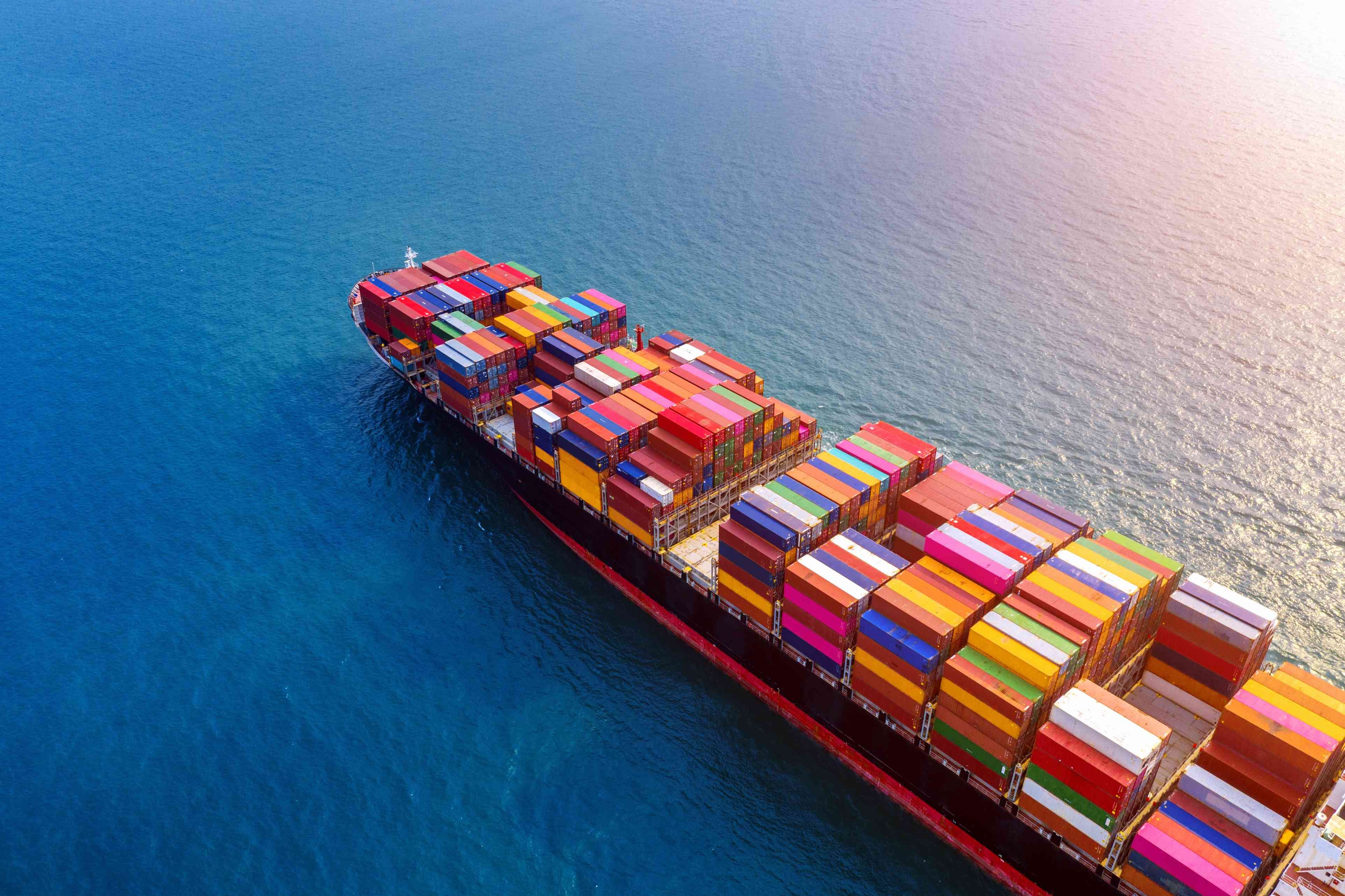
Embarking on the journey of sea freight, particularly in the realm of container booking, can be intricate and demanding. Our comprehensive guide is designed to simplify this process, providing you with a straightforward, step-by-step approach to effectively secure a container for your shipping requirements. Ideal for both novices and experienced shippers alike, grasping the finer points of container booking is essential for the safe and timely delivery of your goods. We will delve into the crucial aspects you need to address, including choosing the appropriate container and comprehending the nuances of shipping paths and expenses, to ensure your sea freight venture is as seamless and trouble-free as possible.
Booking a container by sea freight in seven easy steps
If you want to ship your goods by sea freight, you need to book a container with a shipping company or a freight forwarder. Booking a container by sea freight can be a complex process, but it can be simplified into seven easy steps:
1) Prepare Your Cargo Details
The first step in booking a container for sea freight is gathering detailed information about your cargo. This preparation is vital for a smooth shipping process. Start by listing the nature of your goods: Are they perishable, fragile, hazardous, or require special handling? Knowing the type of cargo helps in selecting the appropriate container. Next, accurately measure the dimensions and weight of your cargo. This information is crucial for determining the container size needed and for compliance with shipping regulations. Also, consider if your cargo requires temperature control or additional padding. Having these details at hand simplifies the process and ensures your goods are transported safely and efficiently. Remember, accurate cargo details lead to more precise quotations and fewer surprises during transit.
2) Place your shipment booking
Once your cargo details are in place, the next step is to book your shipment. This involves selecting a reliable freight forwarder or a shipping line. Begin by researching and comparing different service providers, focusing on their reliability, rates, and customer reviews. When you've chosen a provider, contact them to initiate the booking process. You'll need to provide your prepared cargo details, desired shipping dates, and destination information. It's important to discuss specific requirements such as transit time, route preferences, and any additional services like insurance or door-to-door delivery. Be thorough in your communication to avoid misunderstandings. Once everything is agreed upon, you'll receive a booking confirmation with a unique booking number, which is essential for tracking your shipment and future communications. Remember, early booking is advised to secure space and possibly better rates, especially during peak seasons.
3) Select your container type and size
Choosing the right container is crucial for the safety and cost-effectiveness of your shipment. Containers vary in type and size, each designed for specific cargo needs. The most common types are:
- Standard Containers: Ideal for most dry cargos, available in 20ft and 40ft lengths.
- High Cube Containers: Similar to standard containers but with extra height, suitable for light, voluminous cargo.
- Refrigerated (Reefer) Containers: Used for perishable goods requiring temperature control.
- Open Top or Flat Rack Containers: Best for oversized, heavy, or awkwardly shaped cargo.
When selecting the size, consider both the volume and weight of your cargo. A 20ft container is generally sufficient for smaller shipments, while a 40ft container accommodates larger loads. It's essential to balance the space your goods will occupy against the weight limits of the container to avoid overloading and additional charges. Consulting with your freight forwarder can provide insights into the most suitable container type and size for your specific cargo, ensuring safe and efficient transportation.
Also Read - Types of Shipping Containers You Should Know About
4) Provide your shipment information
After selecting the appropriate container, the next step is to provide detailed shipment information to your freight forwarder or shipping company. This information is crucial for the successful processing and handling of your shipment. Here's what is to be included:
- Shipper and Consignee Details: Full names and contact information of both the sender (shipper) and receiver (consignee) of the cargo.
- Origin and Destination Ports: Specify the exact ports of loading and discharge for your shipment.
- Cargo Description: A detailed description of the goods being shipped, including the HS (Harmonized System) code, if applicable. This is important for customs clearance.
- Packing List and Commercial Invoice: These documents should detail the contents, value, and specifications of your cargo.
- Special Instructions: If your cargo has any specific handling or shipping requirements, like hazardous materials or temperature controls, make sure to communicate this clearly.
- Insurance Information: If you've opted for cargo insurance (highly recommended), provide the details to your shipping agent.
Accurate and comprehensive shipment information helps ensure that your cargo is handled correctly and complies with all shipping regulations and customs requirements. It also assists in the smooth transit of your goods, minimizing potential delays or issues during transportation.
5) Finalize your shipping dates
Securing your shipping dates is a critical step in the container booking process. Coordinate with your freight forwarder to identify available sailings that align with your schedule. Consider the estimated transit time and any potential delays, like customs clearance or holidays. Finalizing dates well in advance helps in planning and ensures your cargo arrives by the required deadline. Remember, flexibility can sometimes lead to more favorable rates or options, so keep an open mind regarding departure and arrival times.
6) Confirm your freight booking
Confirming your freight booking is a pivotal step in the container shipping process. It's the moment when you finalize all arrangements and set your shipment into motion. At this stage, review all details meticulously - your cargo information, chosen container, shipment particulars, and shipping dates. Ensure everything aligns with your requirements and expectations. Once satisfied, convey your confirmation to the freight forwarder or shipping company. This is often done through a formal communication channel like email or an online booking system. This confirmation solidifies your agreement, leading to the issuance of a Booking Confirmation or Bill of Lading.
7) Ready your cargo for shipment
The final step in your sea freight journey is to ready your cargo for shipment. This involves ensuring your goods are properly packed, labelled, and secured for the voyage ahead. Use durable packaging that can withstand long sea journeys and varying conditions. Label each item clearly with handling instructions and destination details. If you're loading the container yourself, balance and secure the cargo to prevent shifting during transit. Double-check all your shipping documents, ensuring they're accurate and complete for a smooth customs process.
Conclusion
Booking a container for sea freight is a detailed process that requires careful planning and execution. From preparing your cargo details to readying it for shipment, each step is vital for a successful journey. By following these guidelines, you can navigate the complexities of sea freight with confidence, ensuring your cargo reaches its destination safely and efficiently.
Latest Blogs
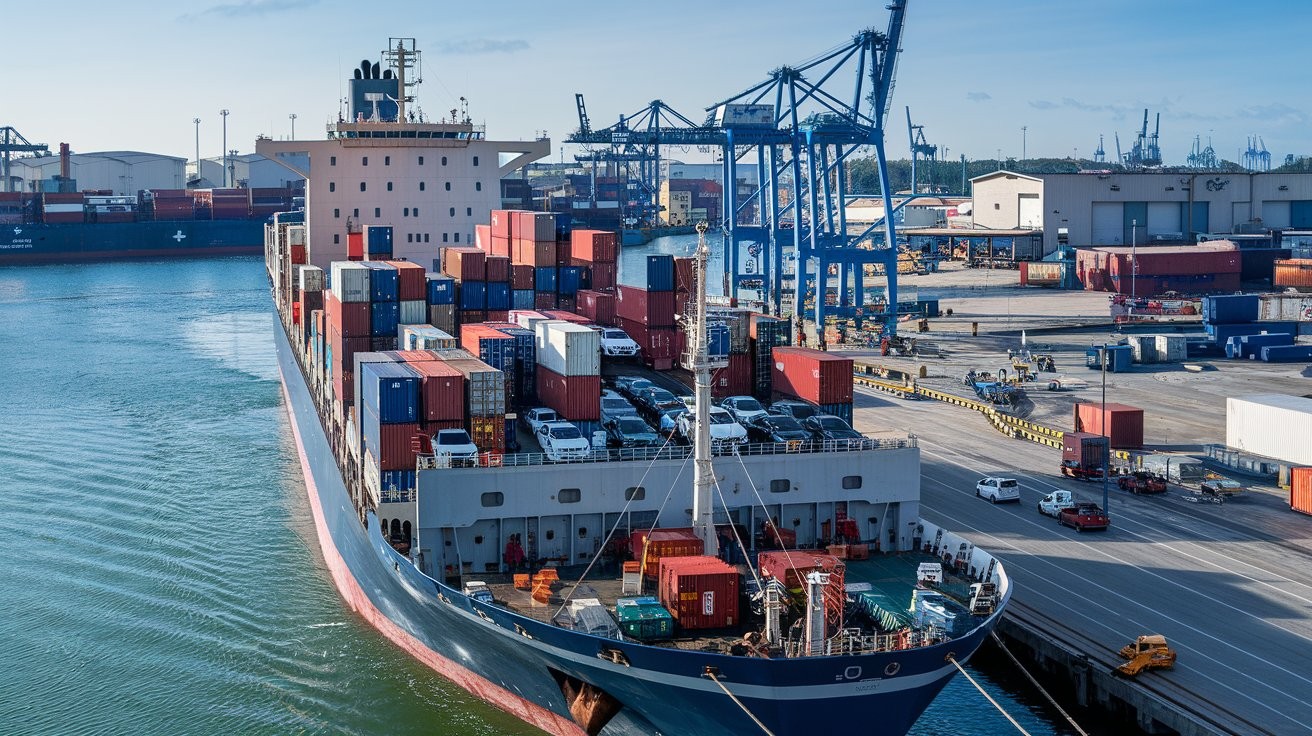

Key Benefits of End to End Supply Chains
20 Sep, 2024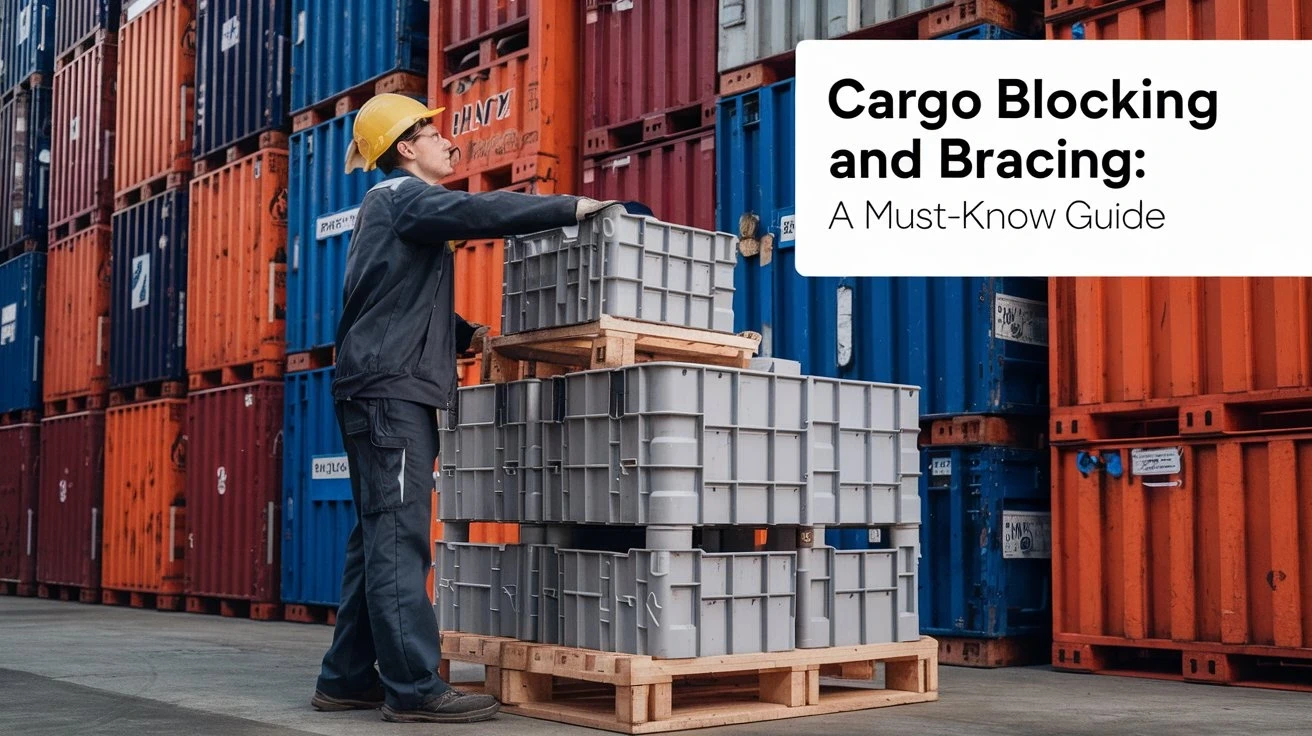
Cargo Blocking and Bracing: A Must-Know Guide
17 Sep, 2024
Third-Party Logistics (3PL): A Complete Guide
31 Jan, 2024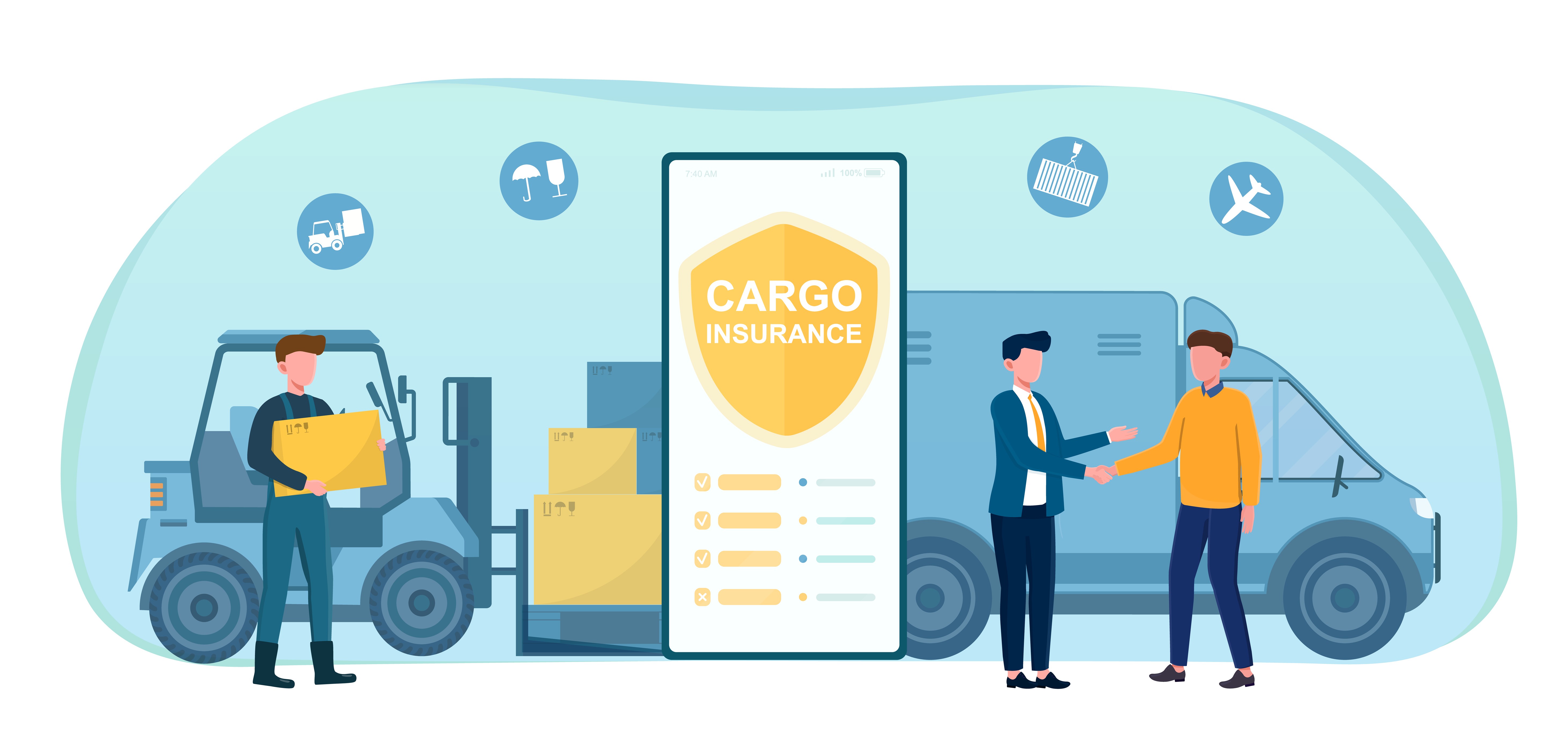
Top Reasons You Need A Cargo Insurance
30 Aug, 2023
Benefits of Customs Bonded Warehousing
24 Jul, 2023
Benefits of Logistics Outsourcing
30 Jun, 2023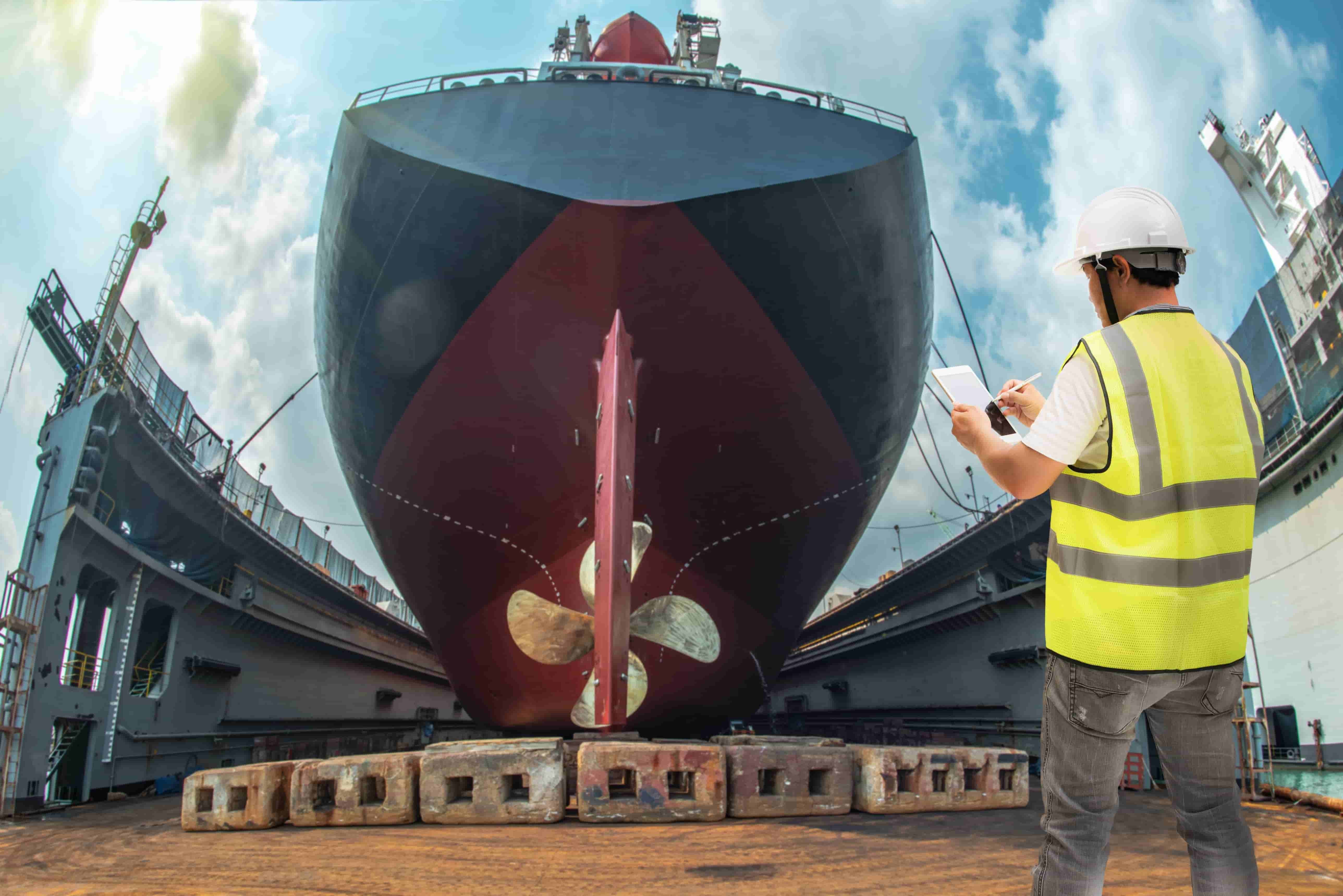
What is Dry Docking & Why Do Ships Do It?
30 May, 2023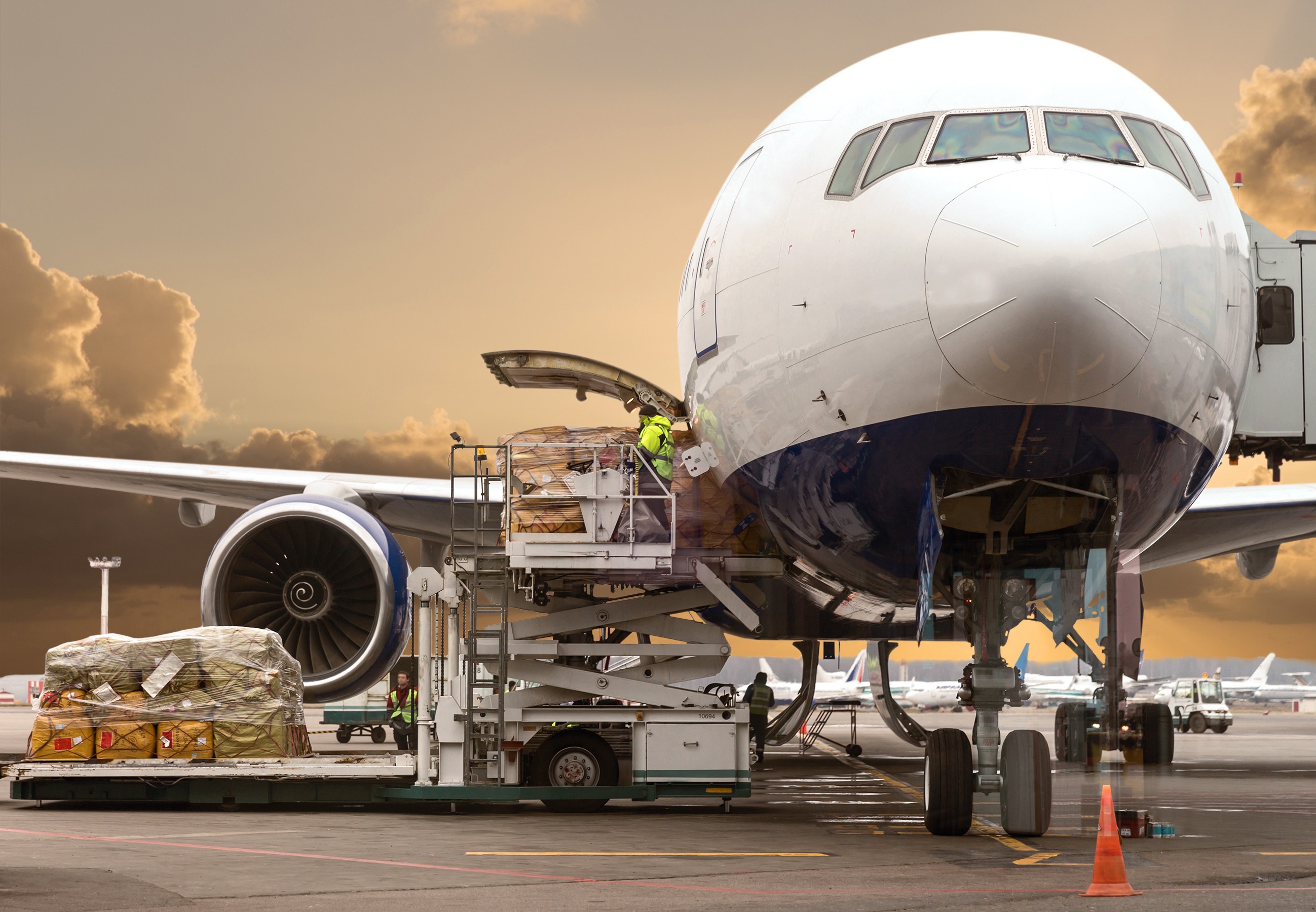
All You Need to Know About Air Freight
16 May, 2023
Ways Carriers Benefit from Contract Logistics
25 Apr, 2023
Pros and Cons of Contract Warehousing
27 Mar, 2023641c5faf72d6a.jpg)
Advantages of Freight Consolidation
23 Mar, 2023
All You Need to Know About Freight Charges
27 Feb, 2023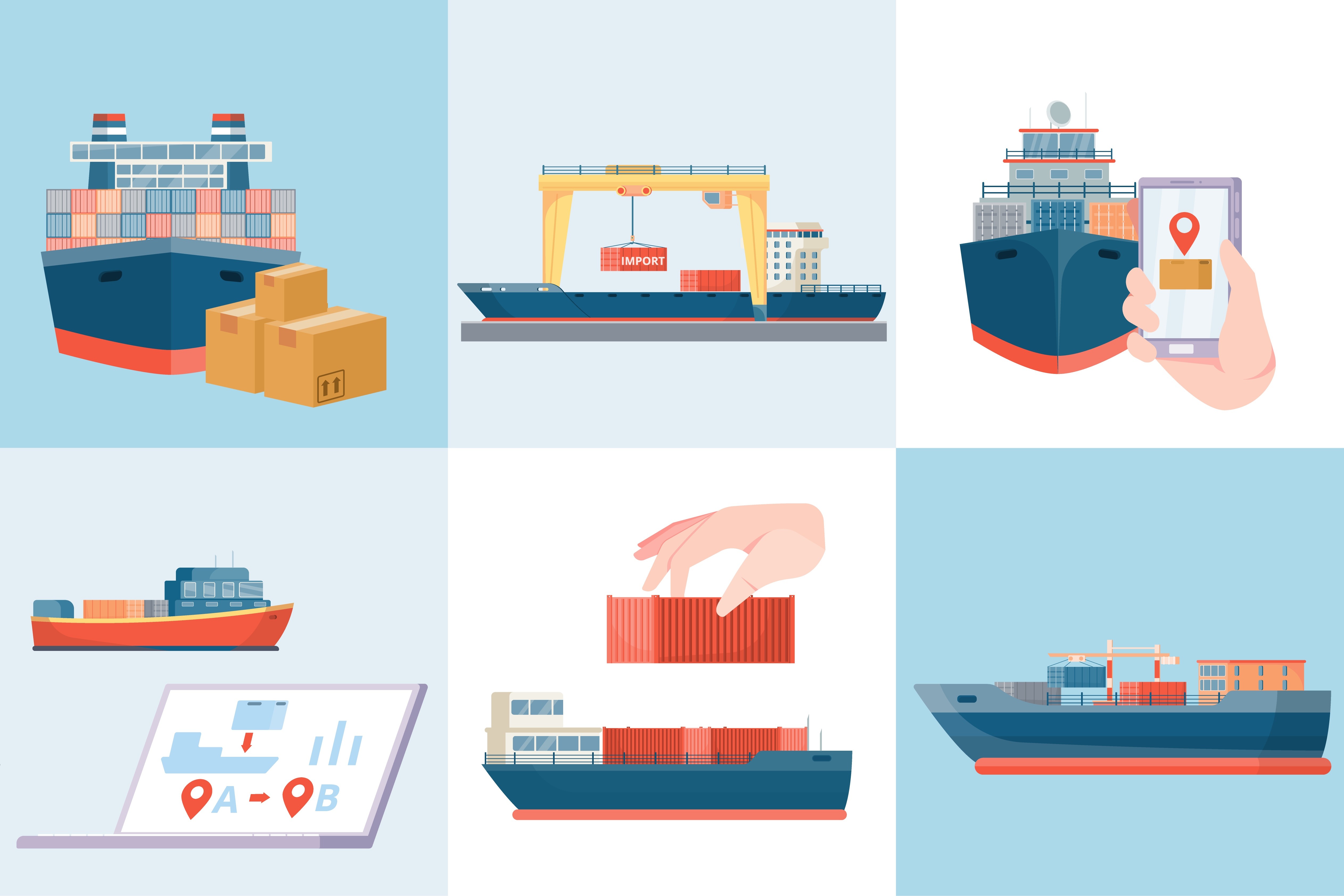
How to Find A Good Freight Forwarder?
24 Jan, 2023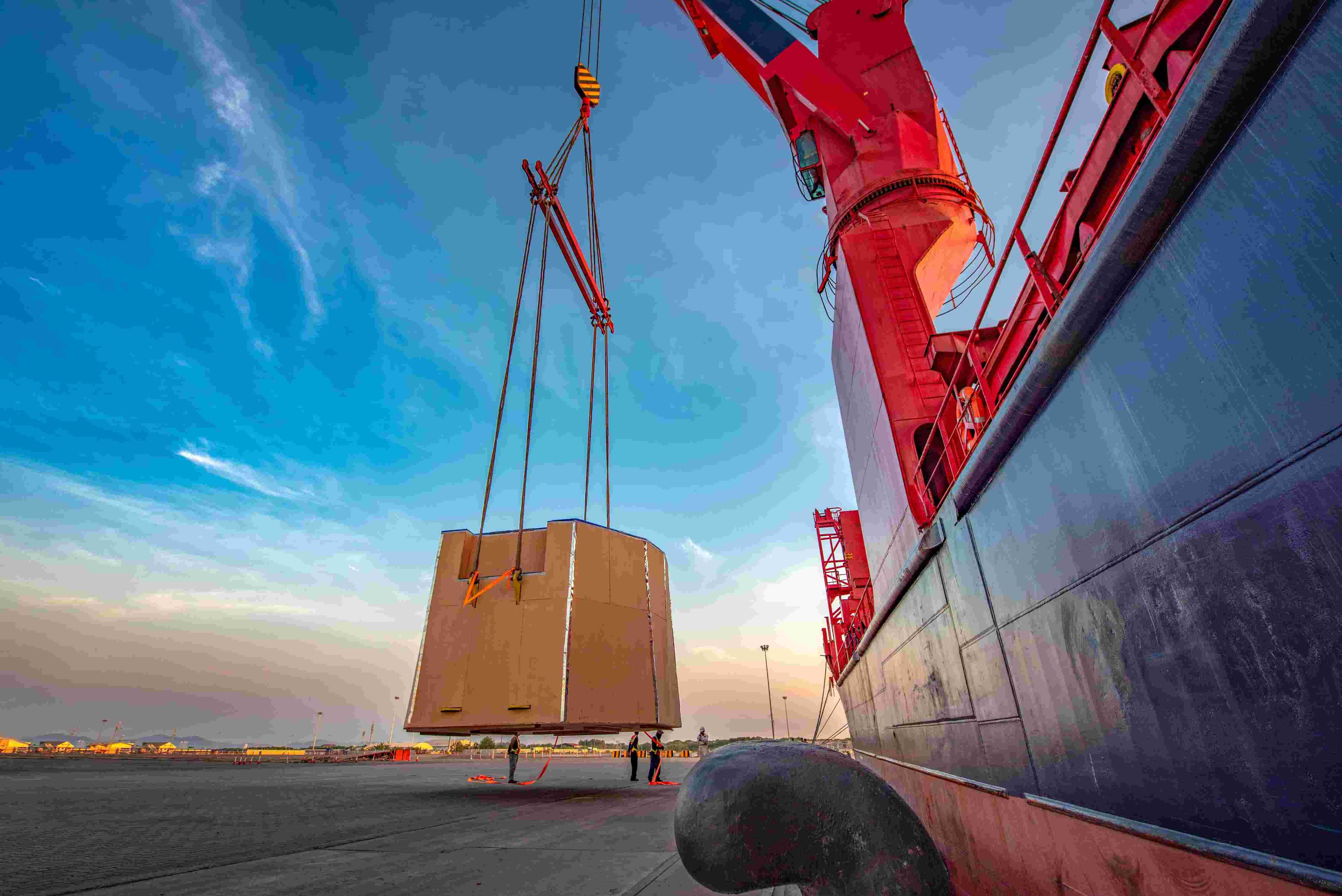
What is Project Cargo and How is it Transported?
07 Nov, 2022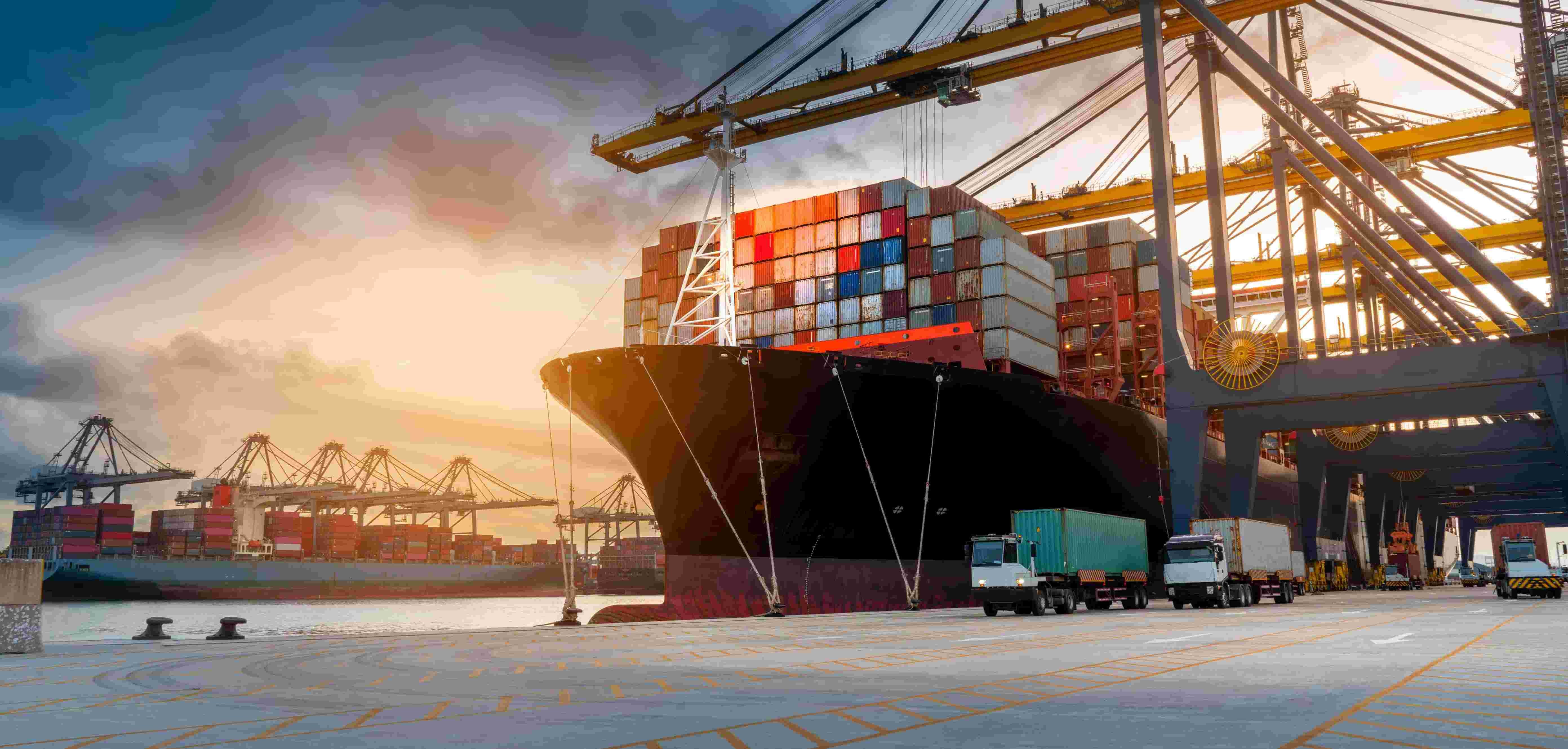
How International Ocean Freight Shipping Works
25 Oct, 2022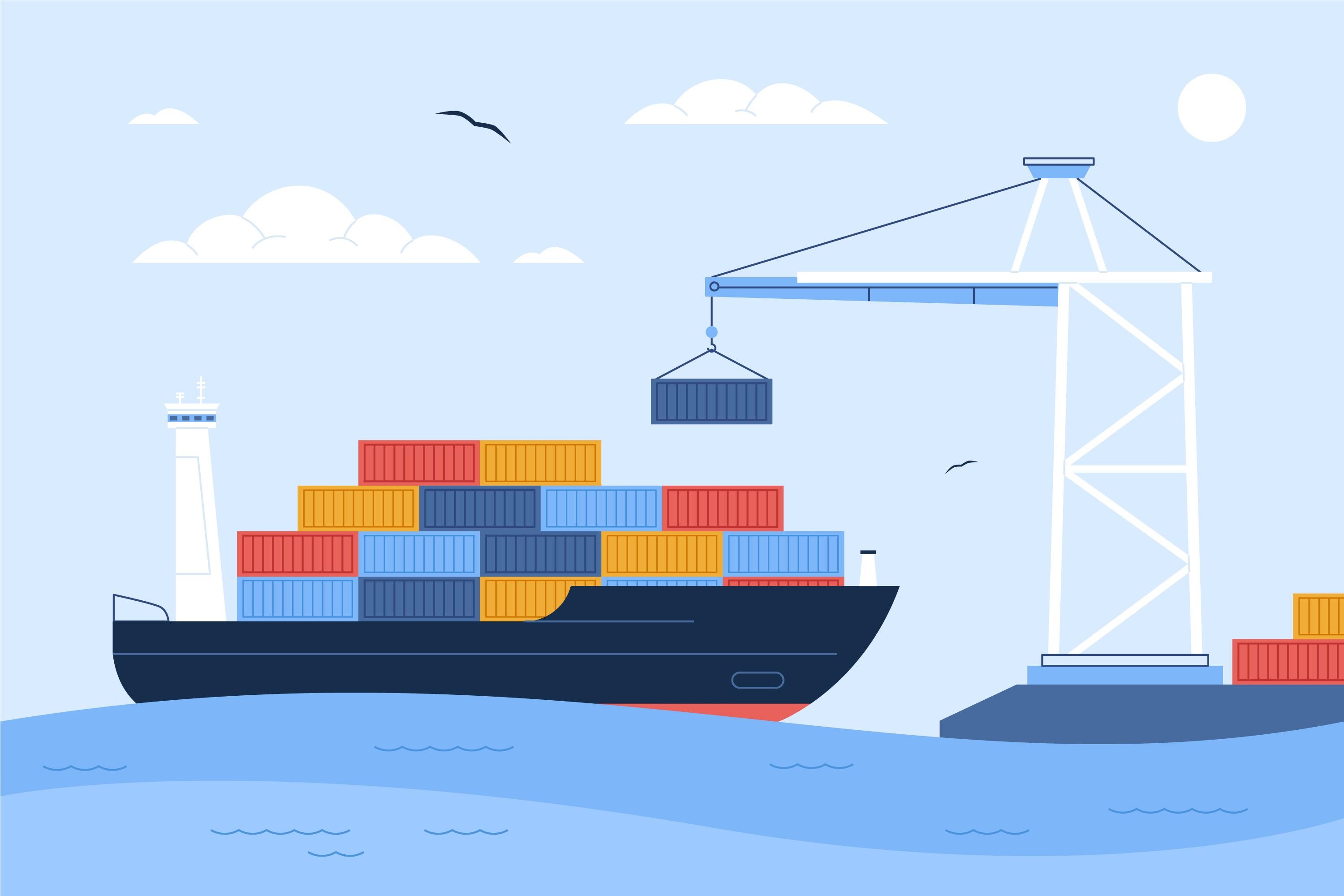
How does LCL shipping work?
26 Sep, 2022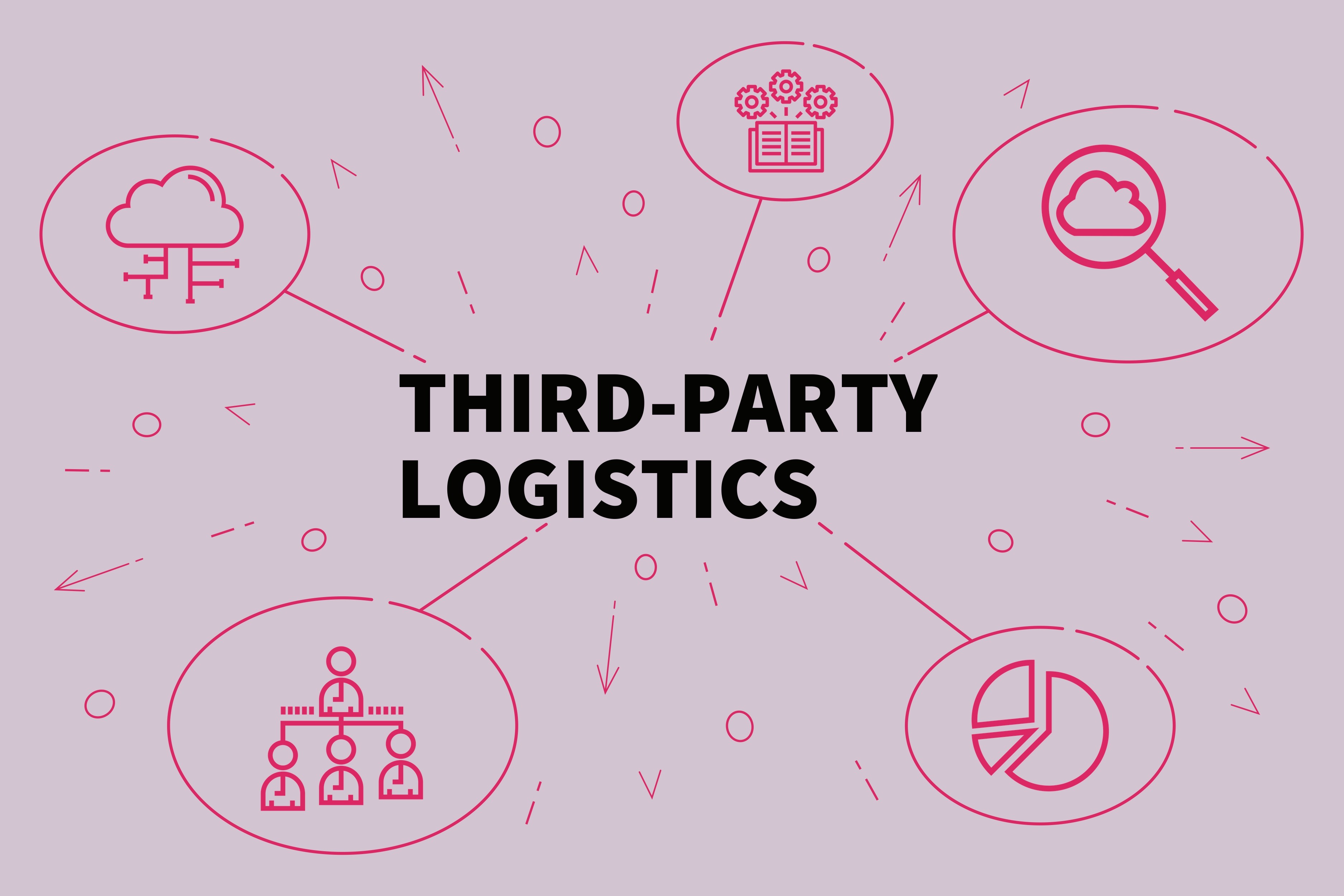
8 Ways to Optimize Your 3PL Relationship
22 Sep, 2022
Benefits Of Using An Outsourced Warehouse
22 Aug, 2022
Importance of Cargo Insurance
30 Jul, 2022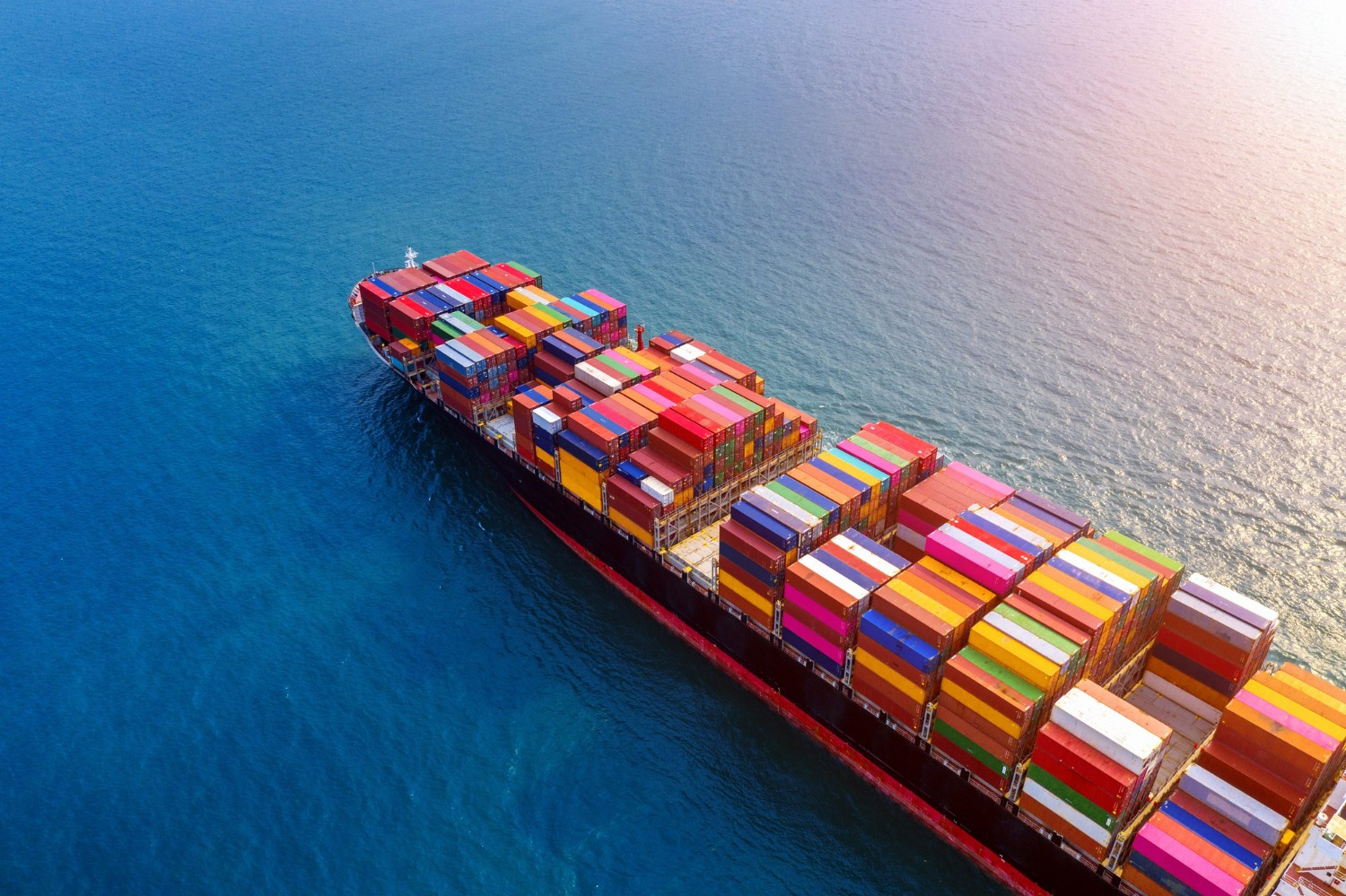
Top 10 Benefits of Ocean Freight Shipping
22 Jun, 2022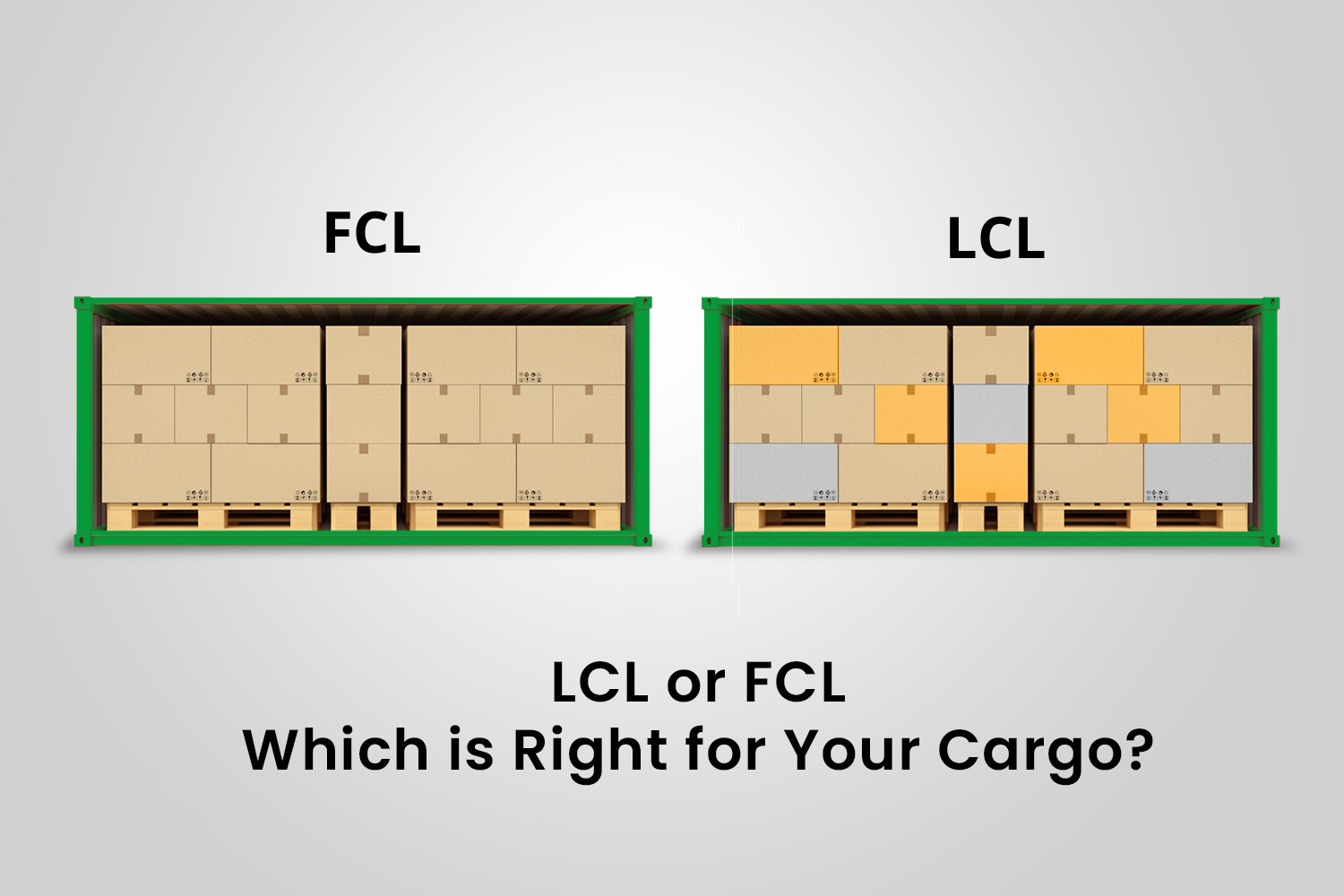
LCL or FCL - Which is Right for Your Cargo?
26 May, 2022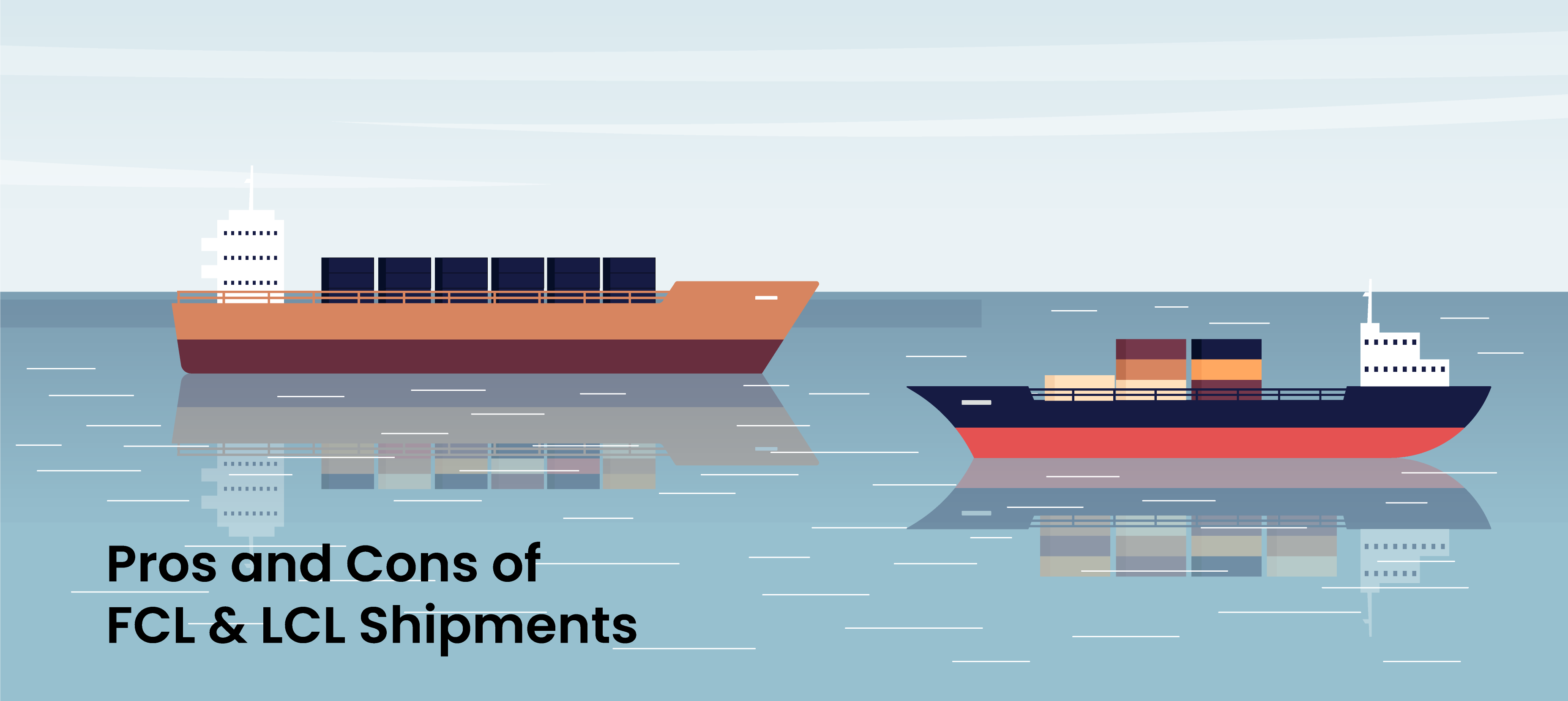
Pros and Cons of FCL & LCL Shipments
21 May, 2022
Key Benefits of LCL Shipping for Your Business
28 Jan, 2022

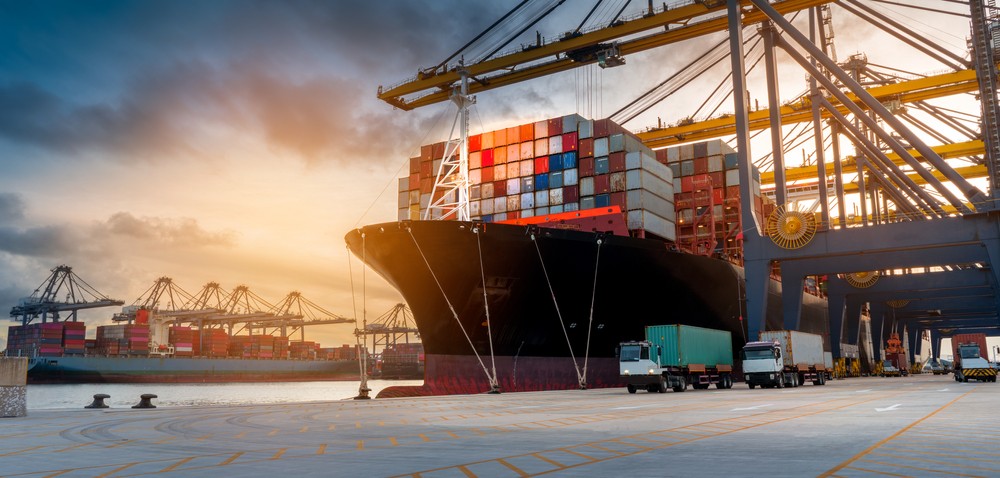
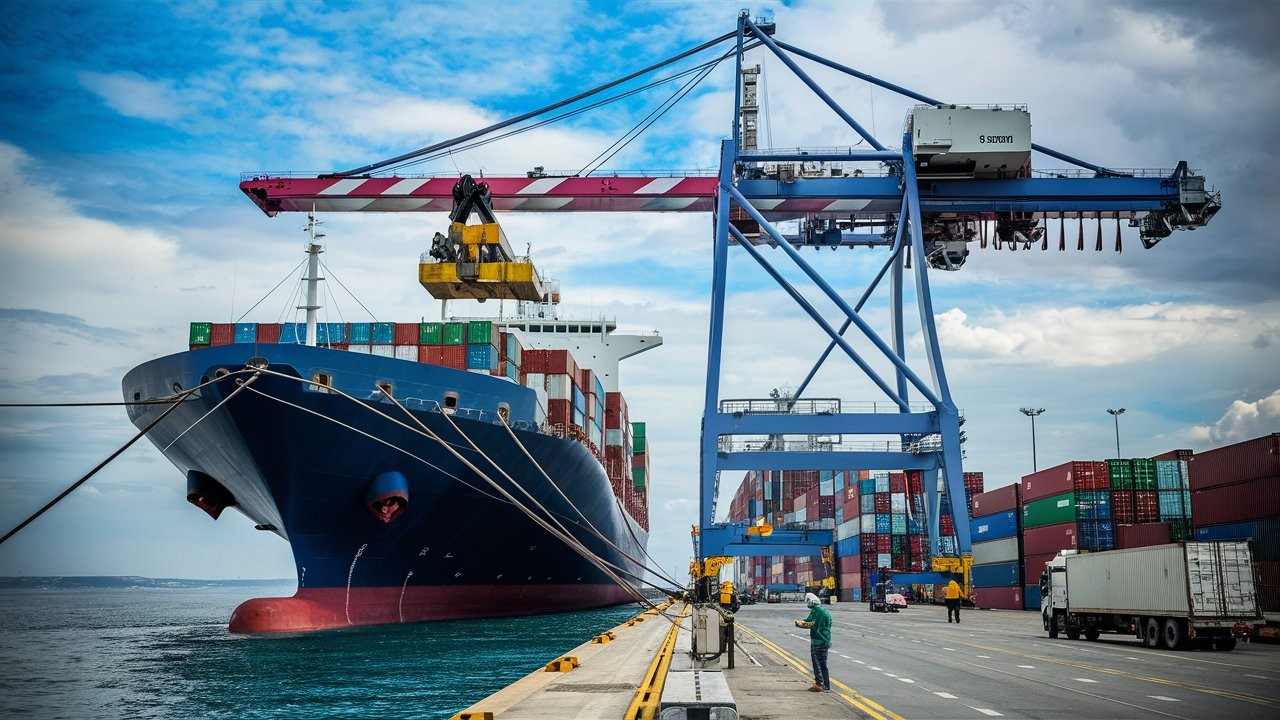
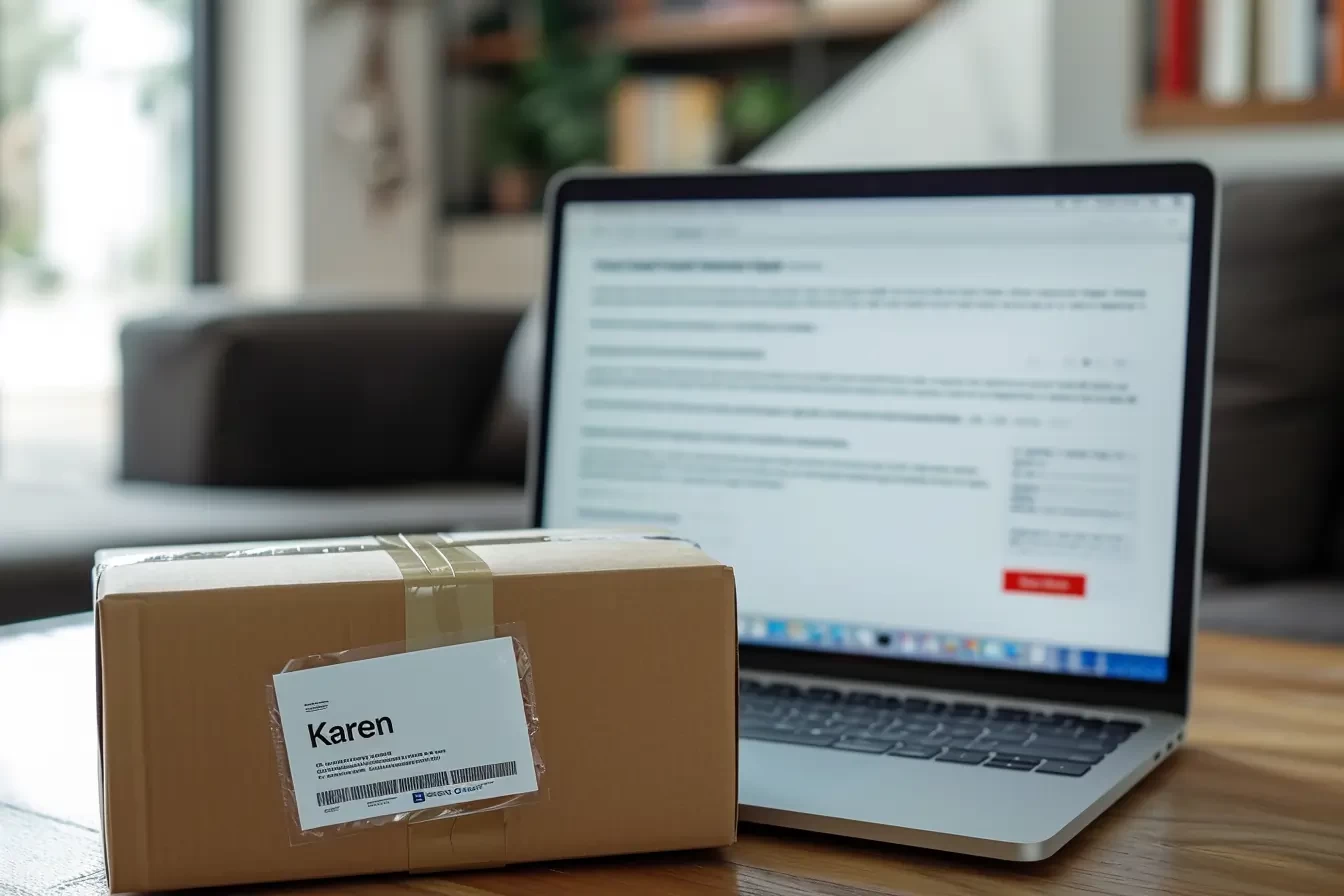
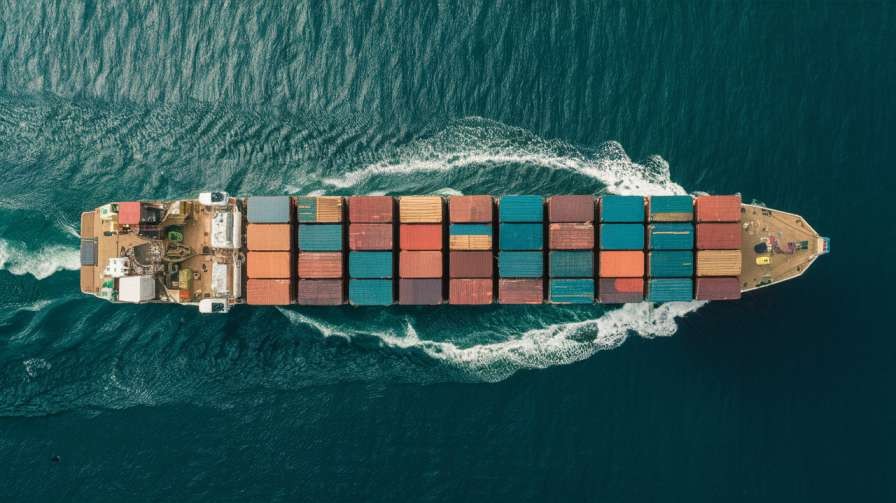

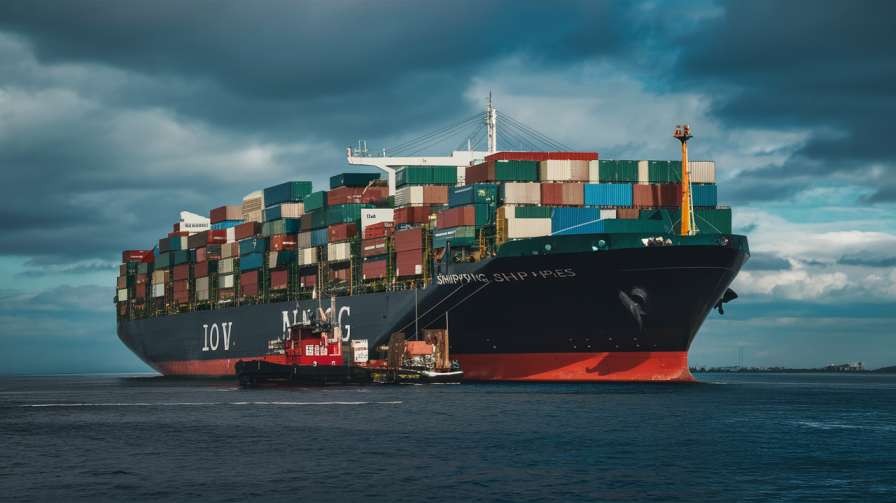
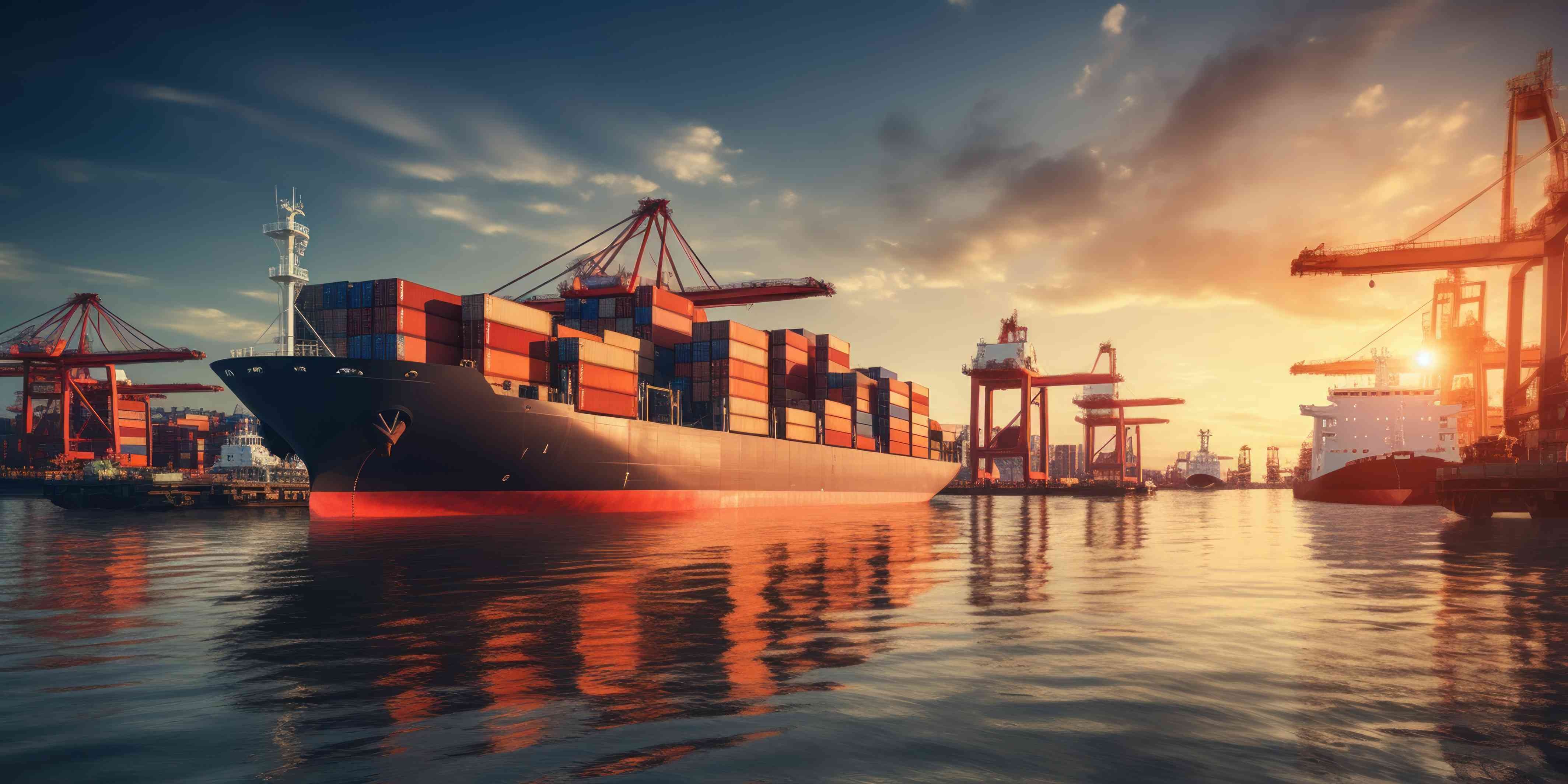

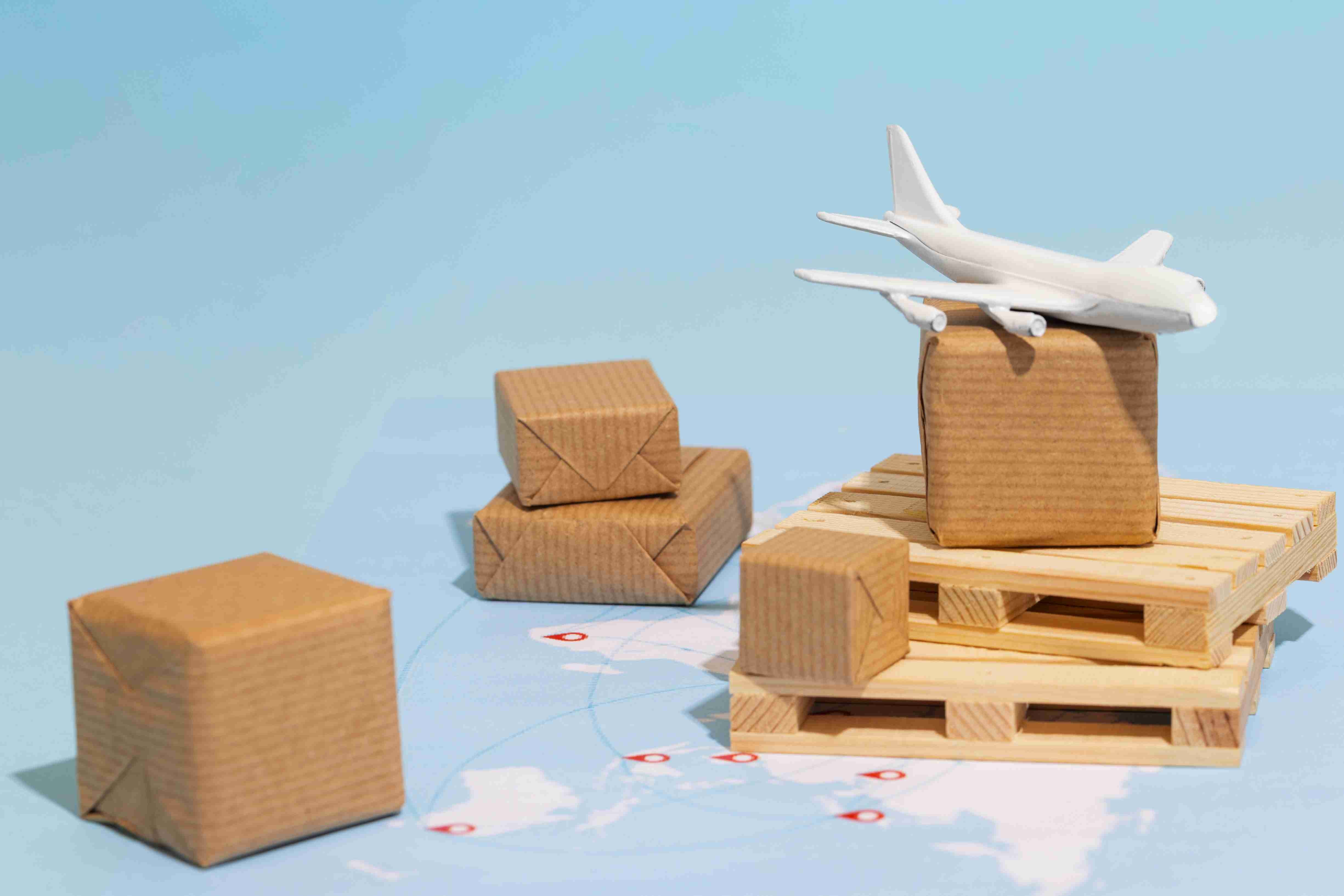
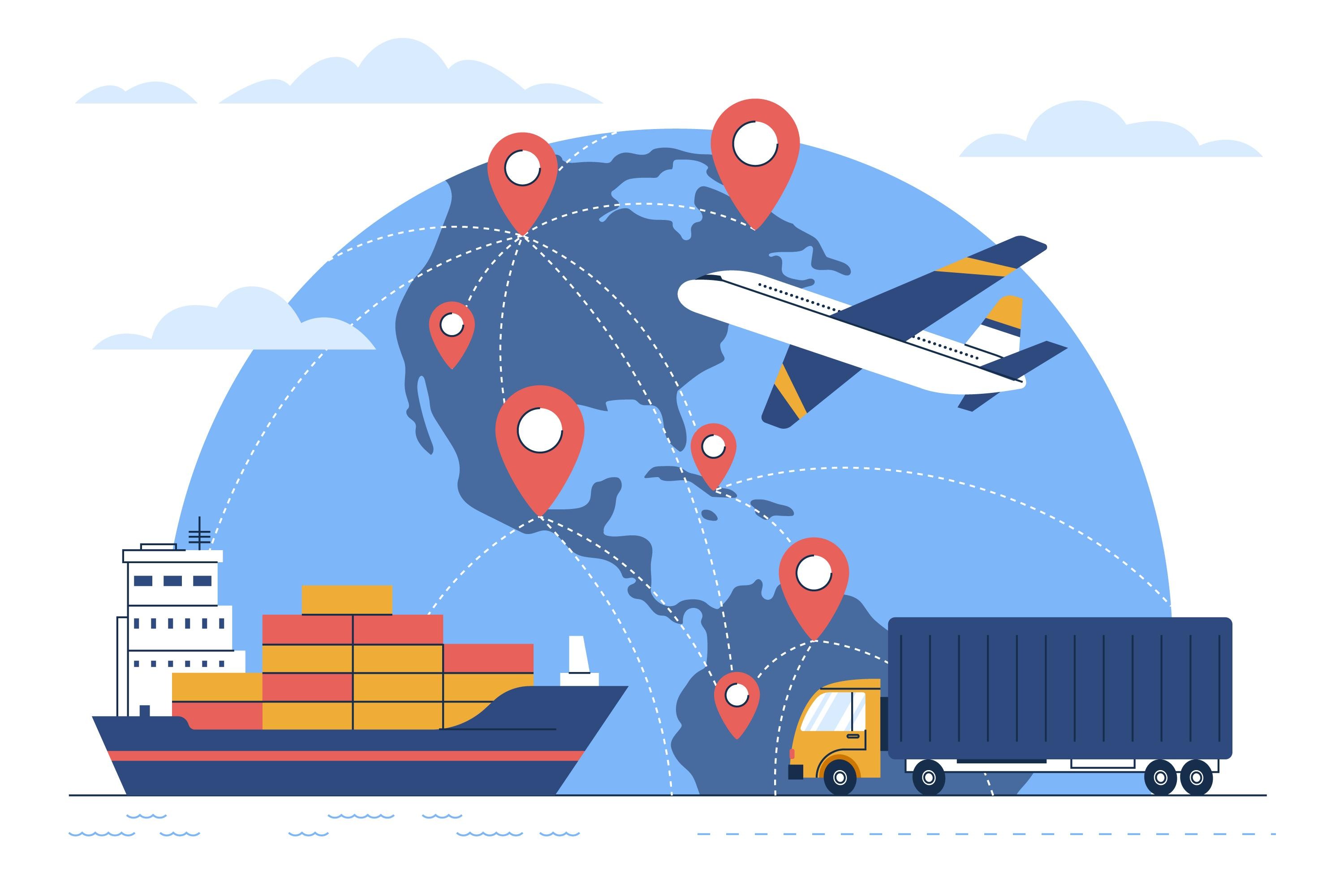


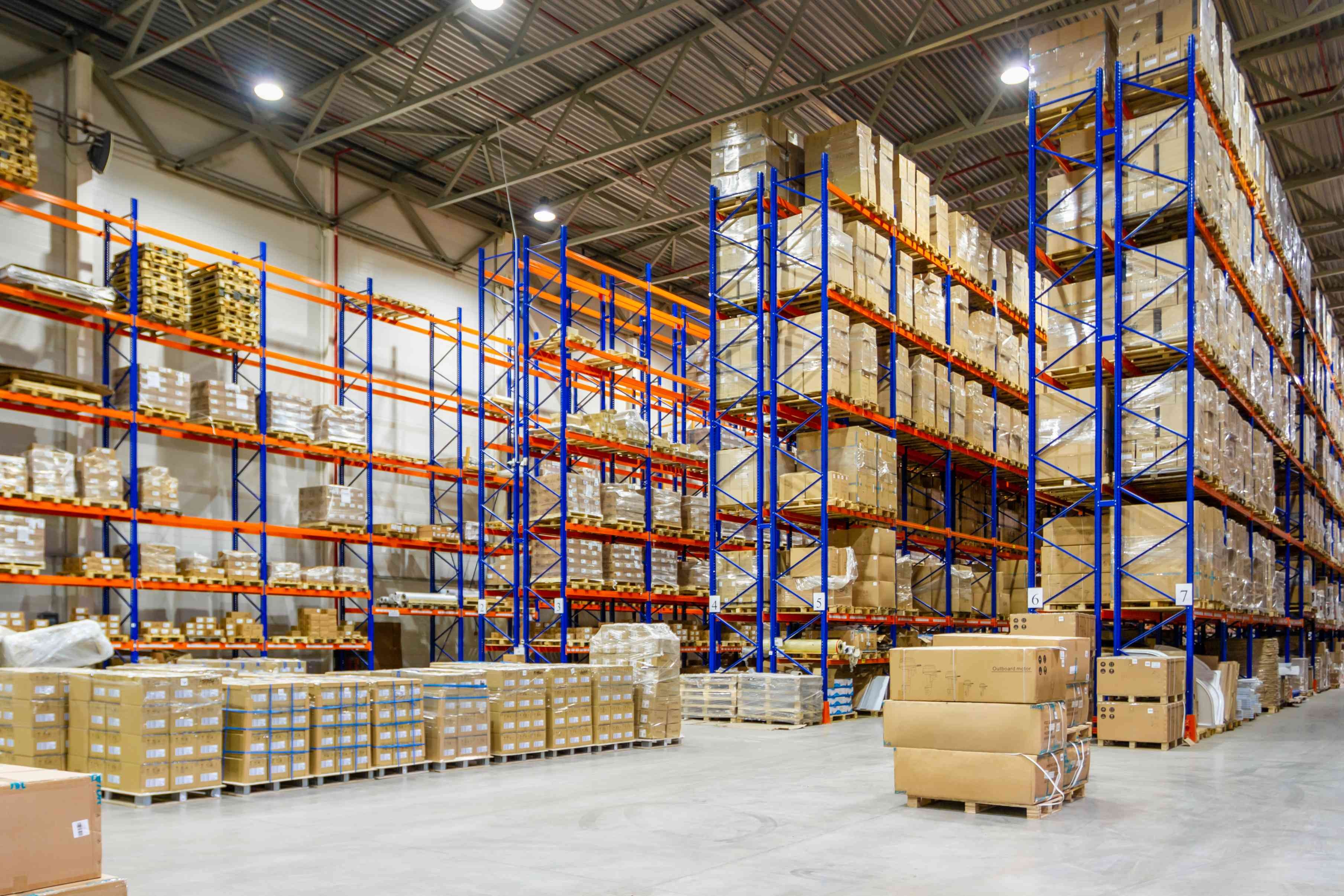
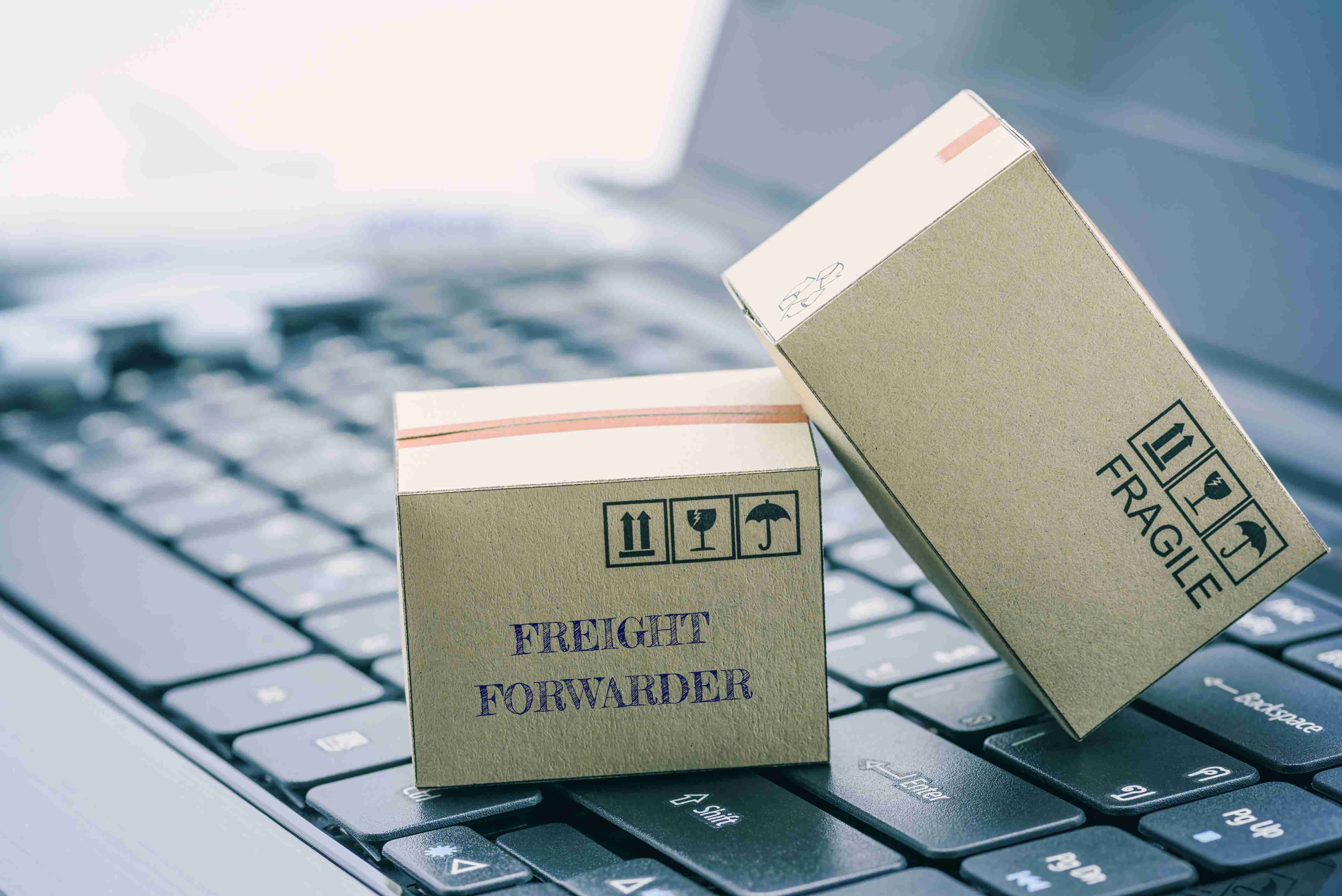
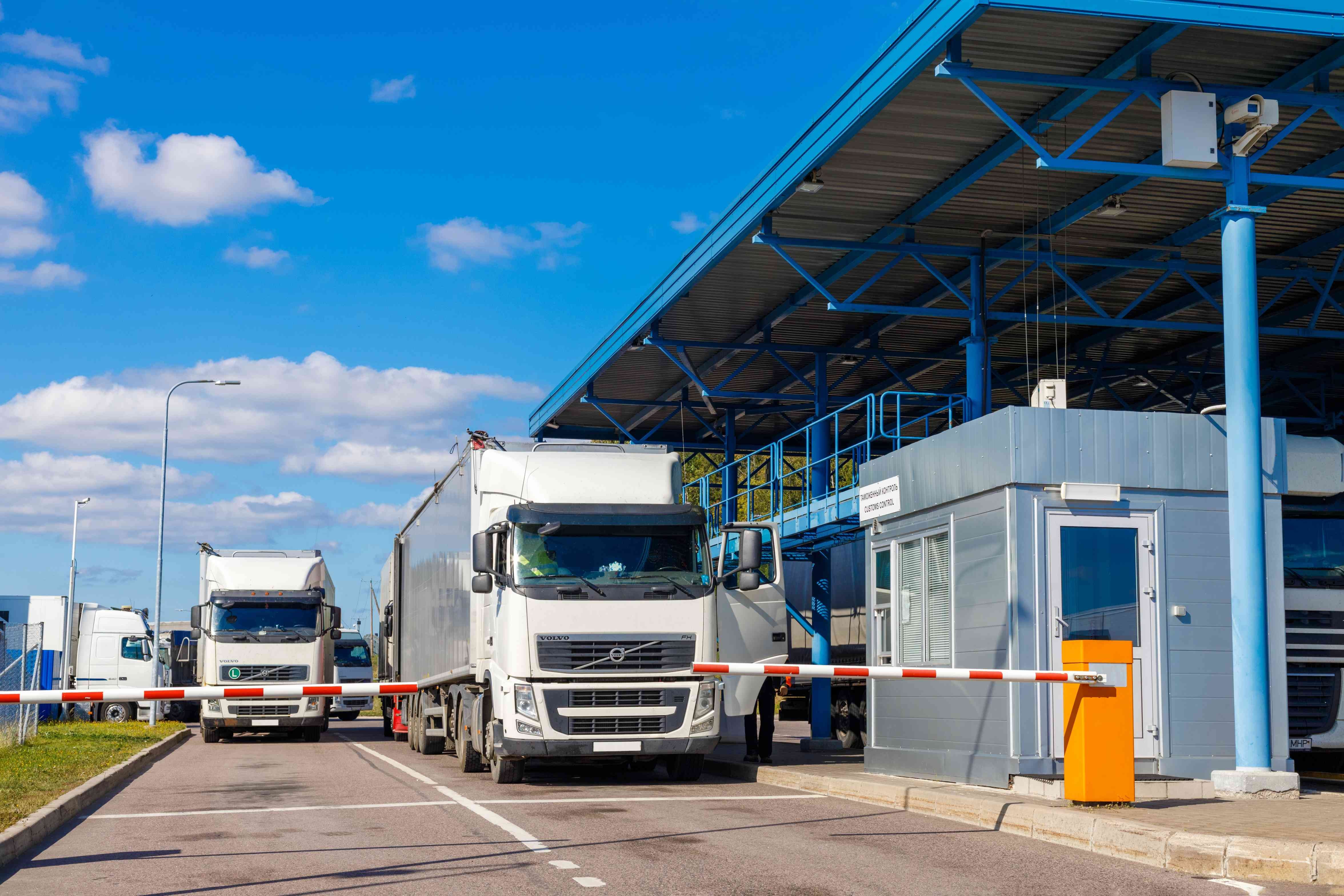
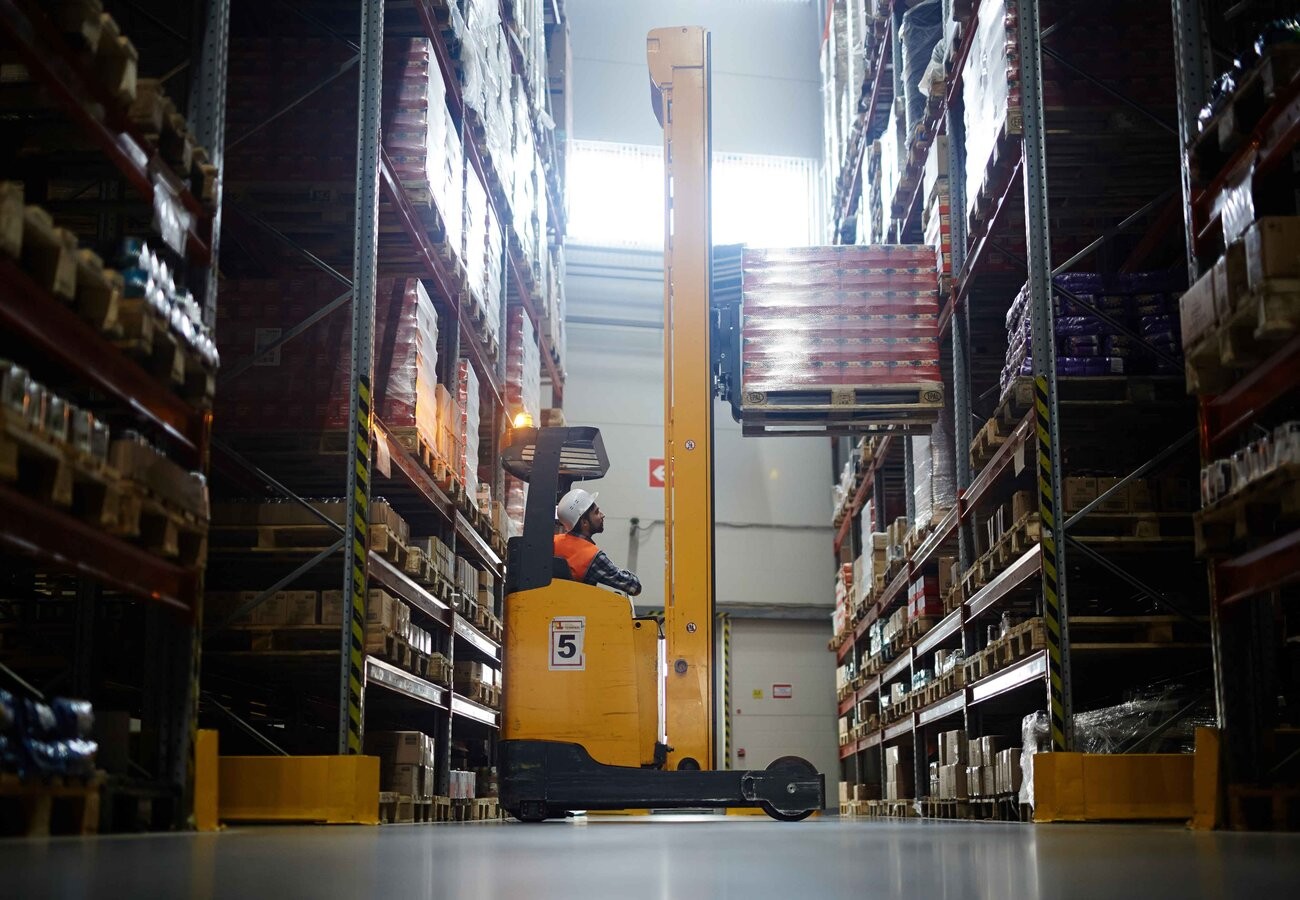
64ef6d522bd5d.jpg)
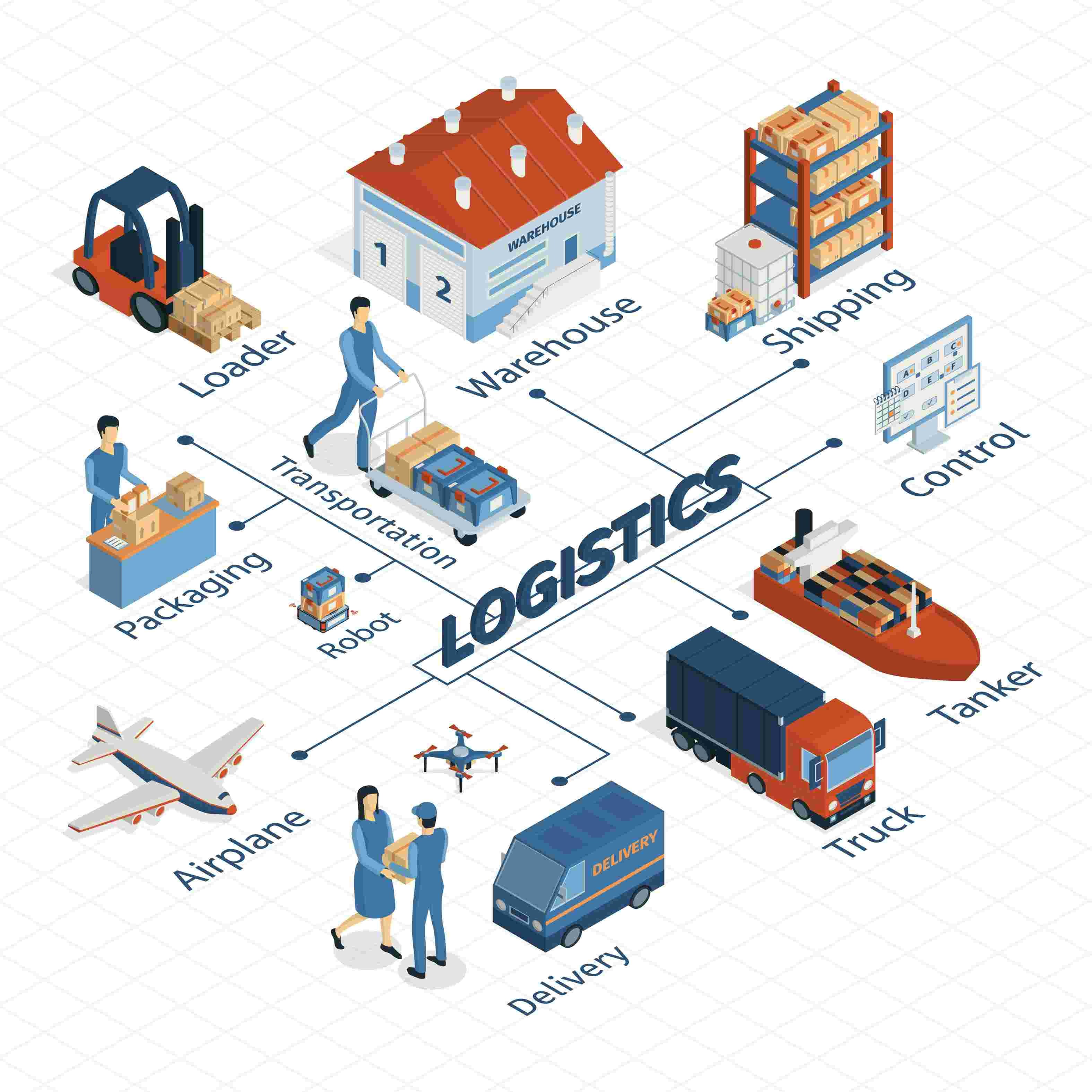
64a477953e86e.jpg)
643ff0cfeaf4e.jpg)
63fcb9023ba5f.jpg)
63d94f83c4432.jpg)
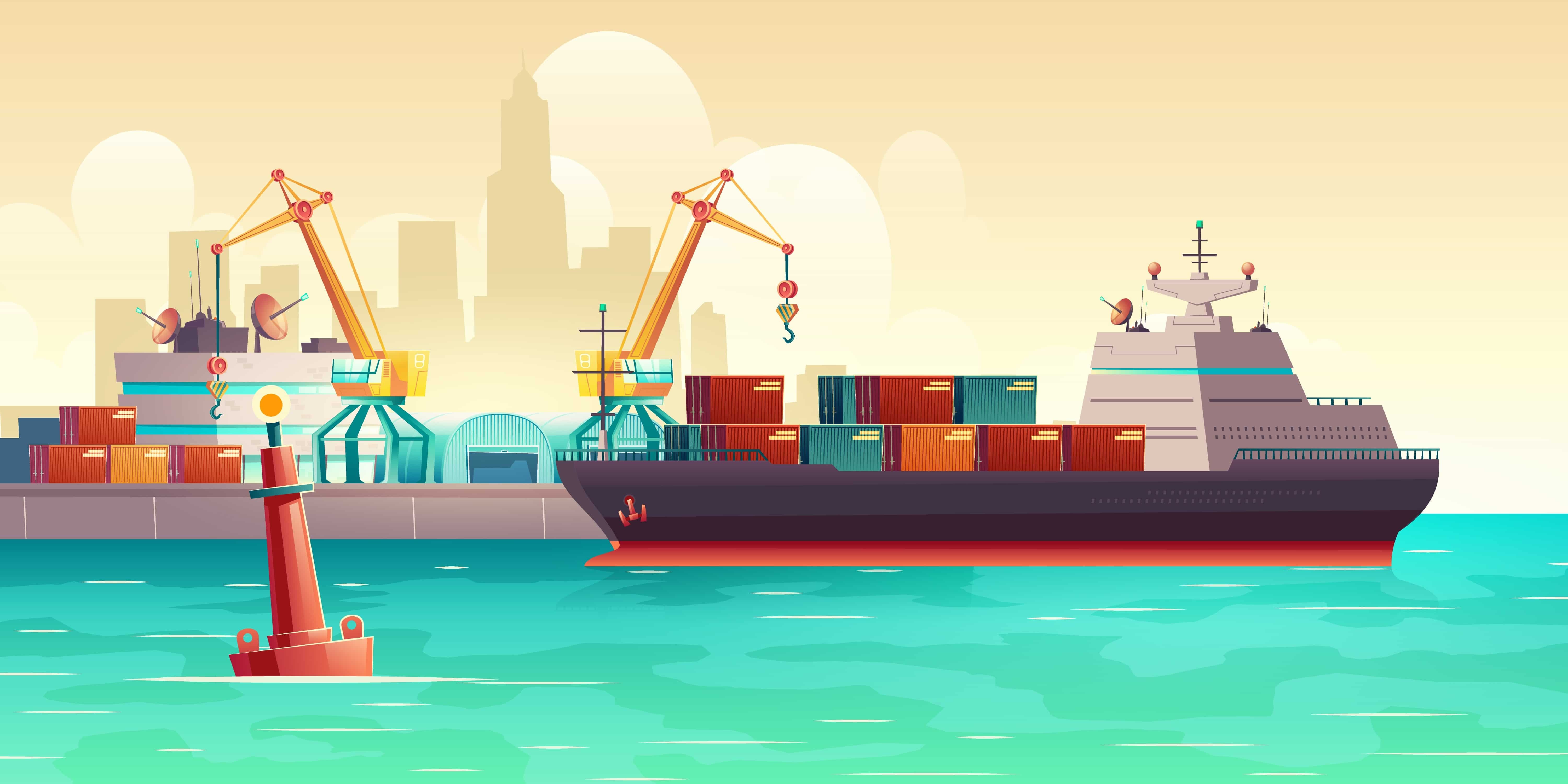

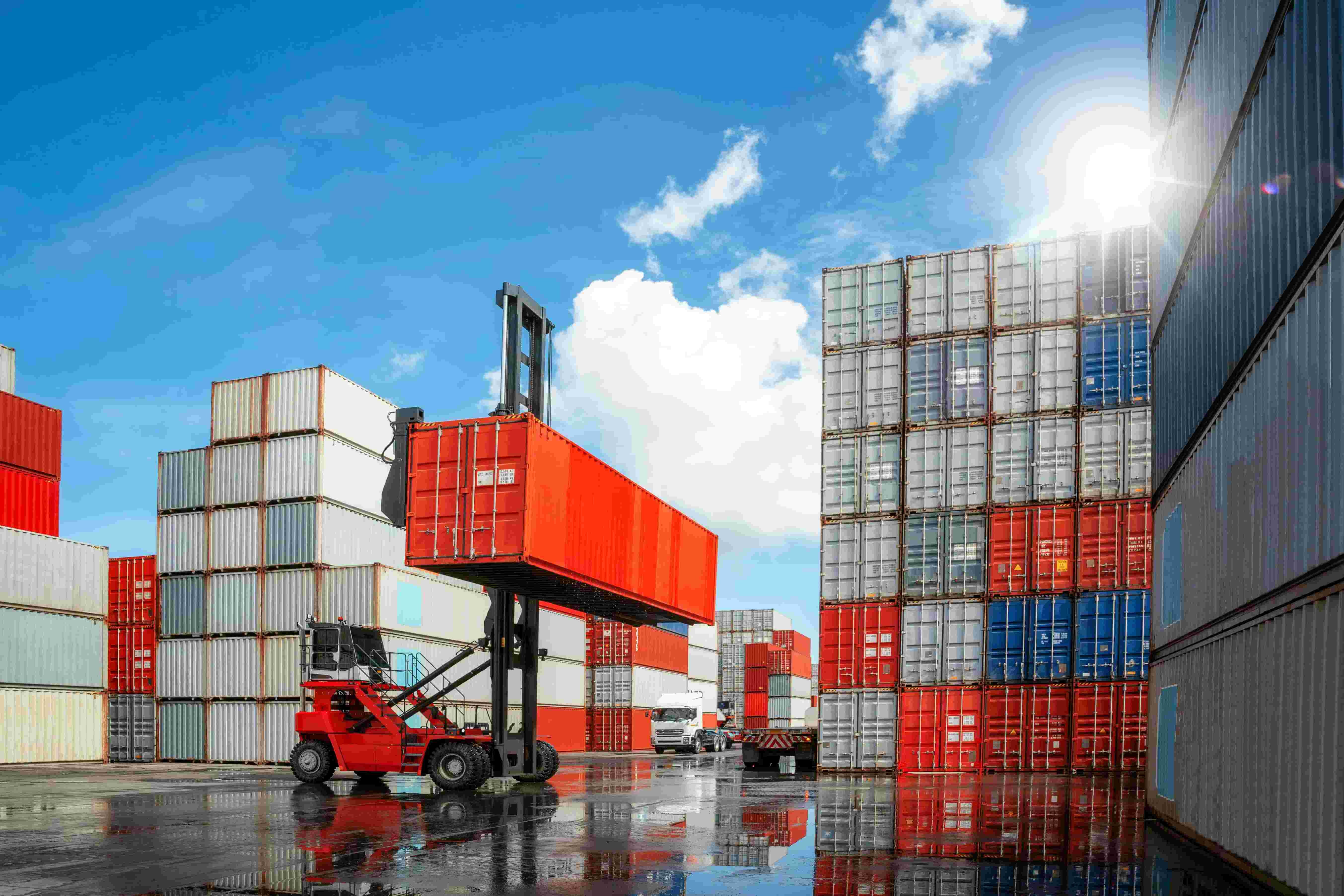
637611972635b.jpg)

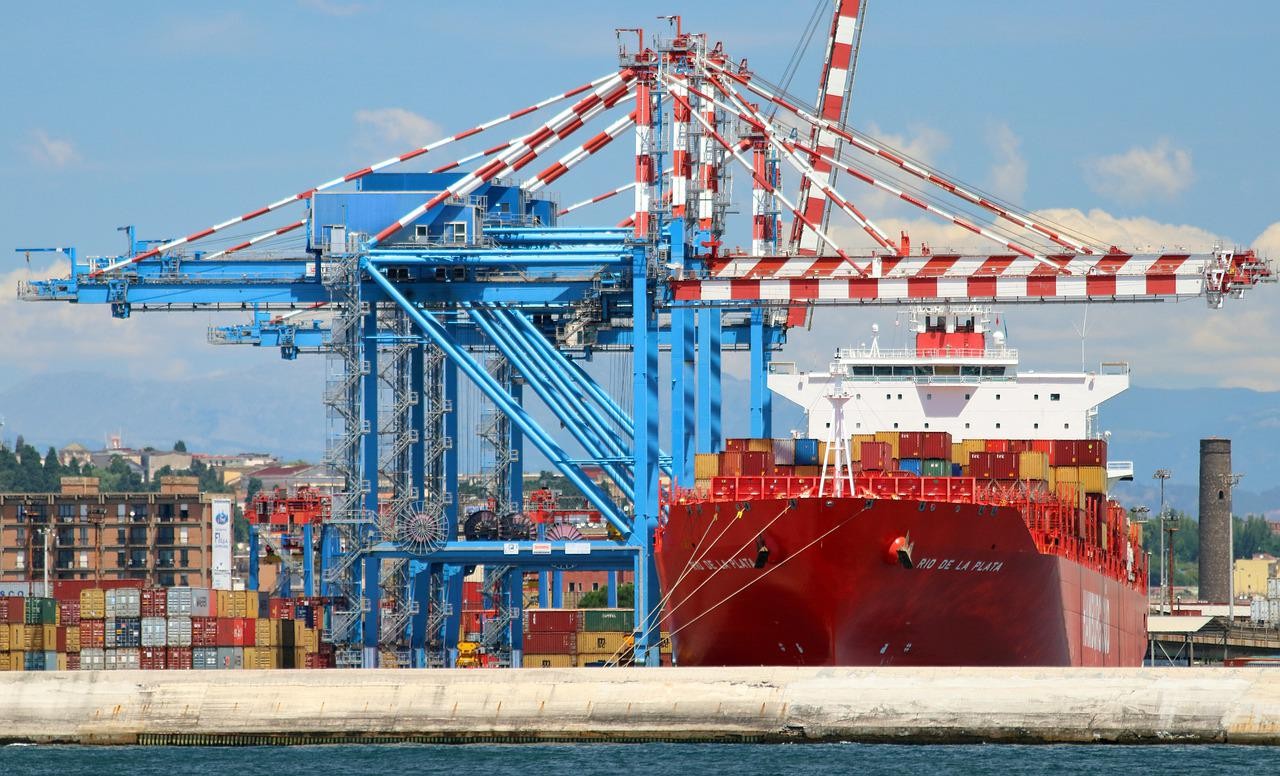


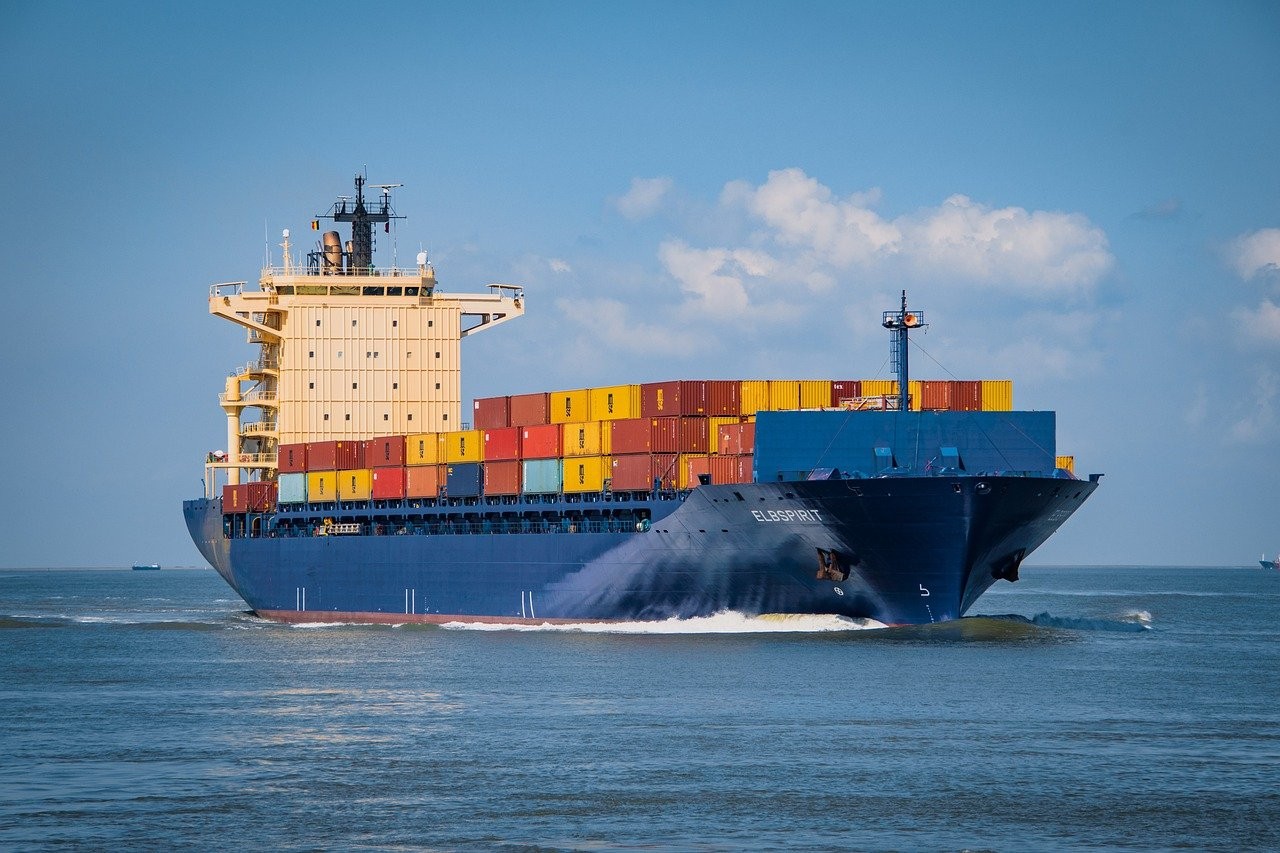
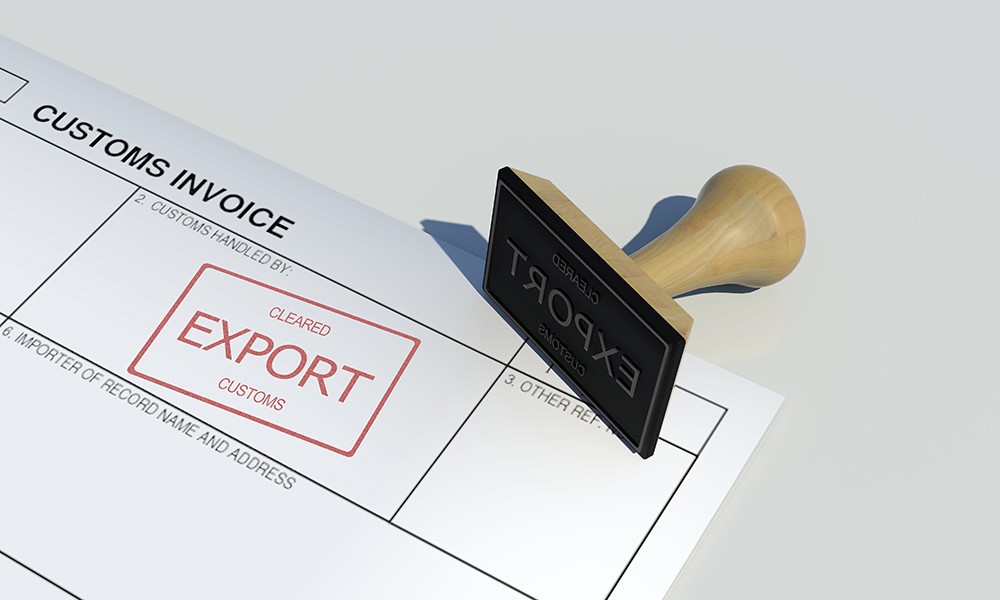
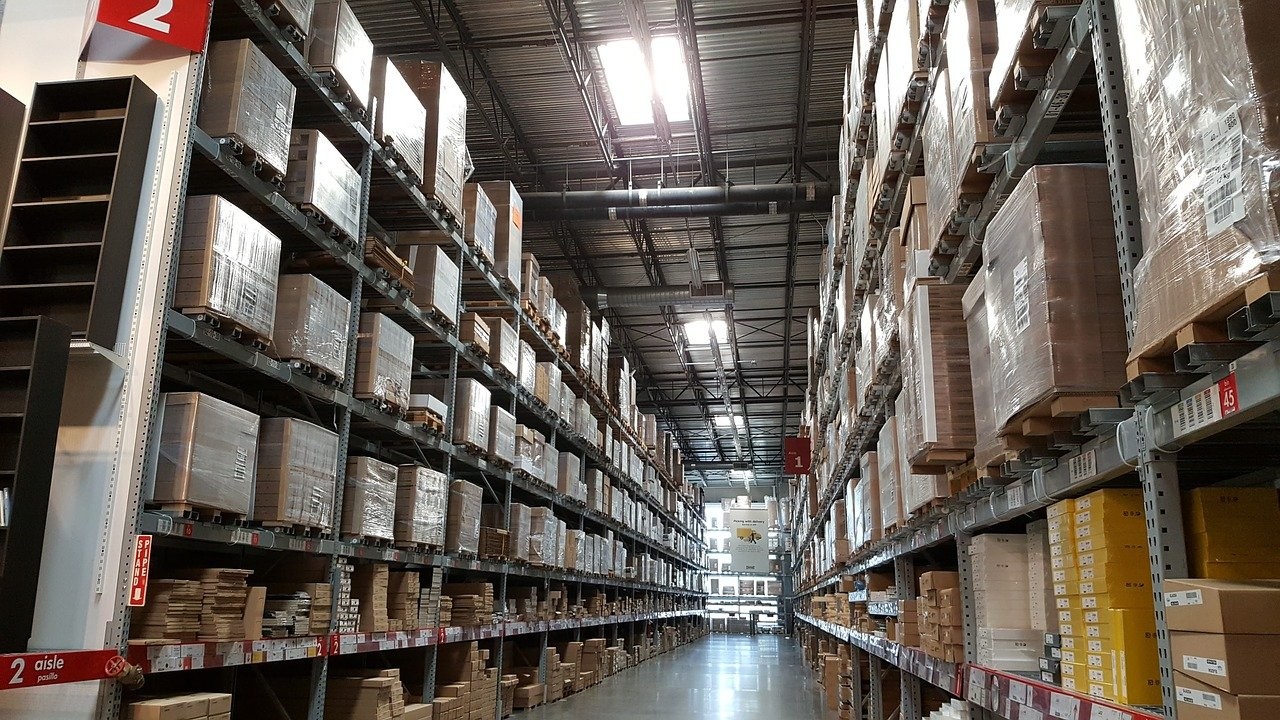
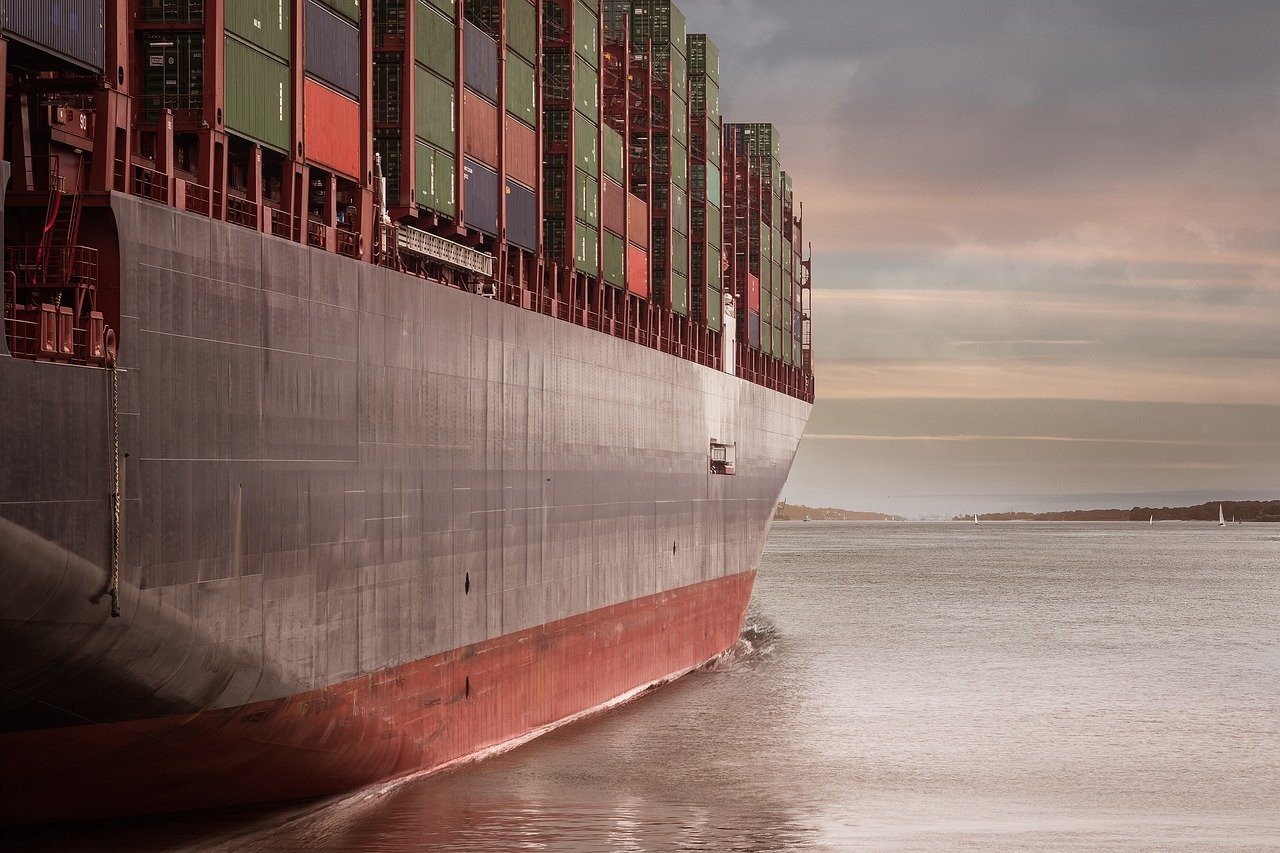
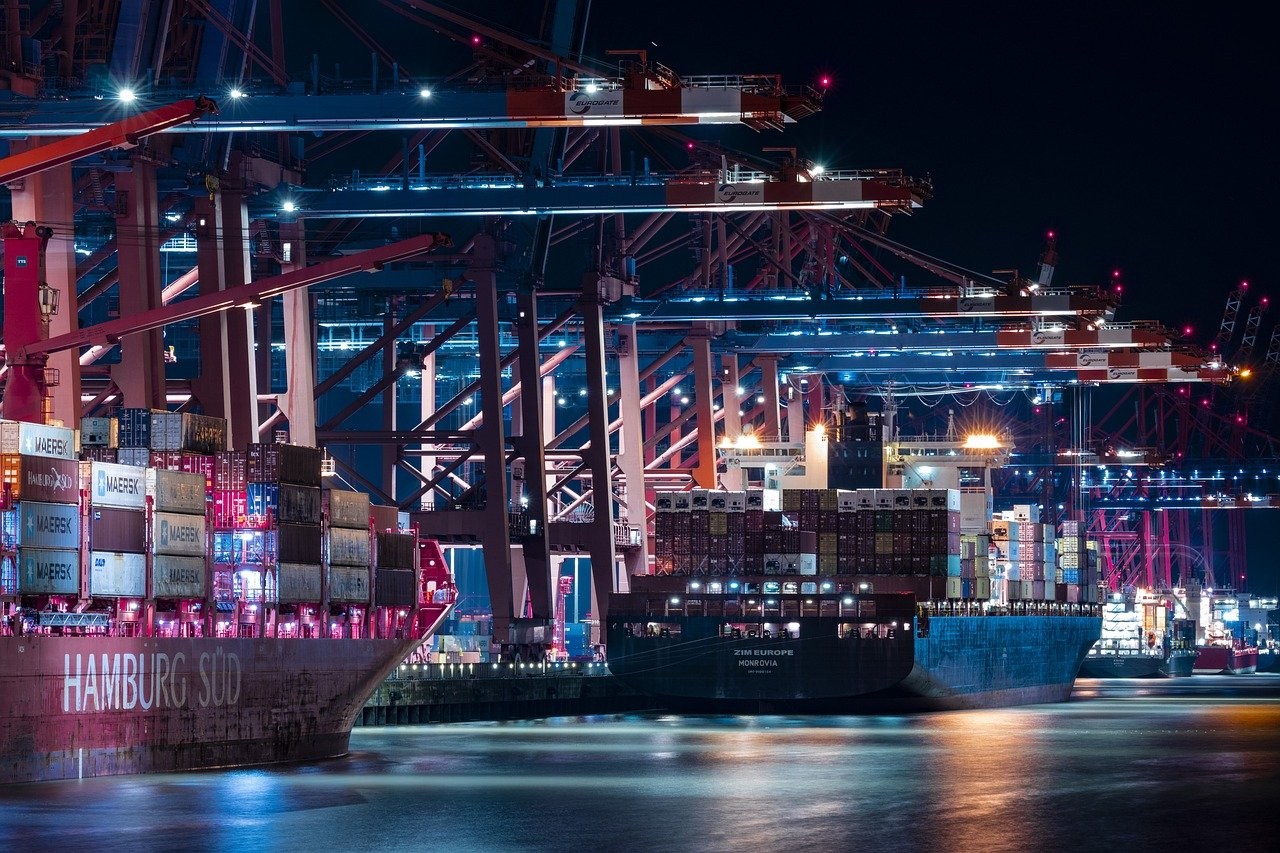
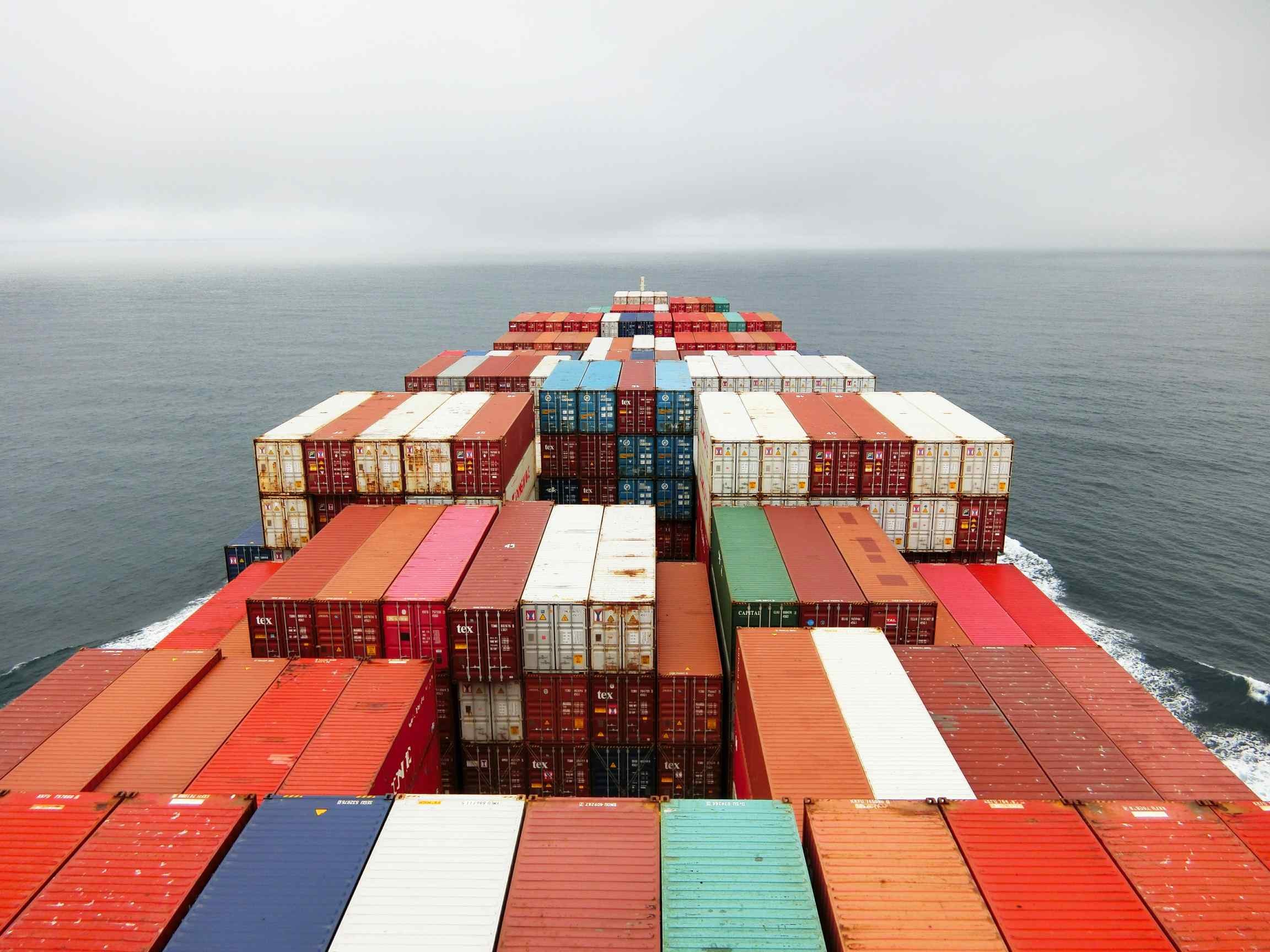
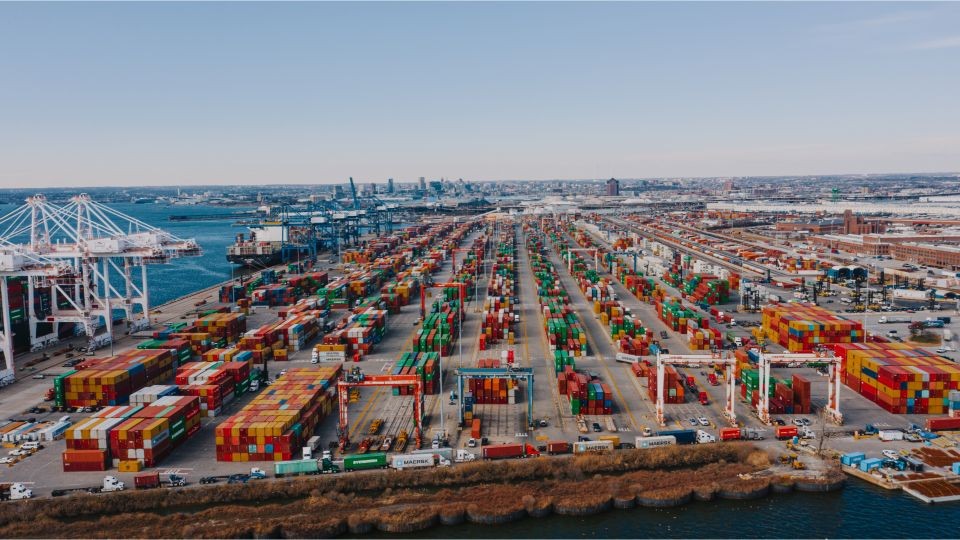

.png)